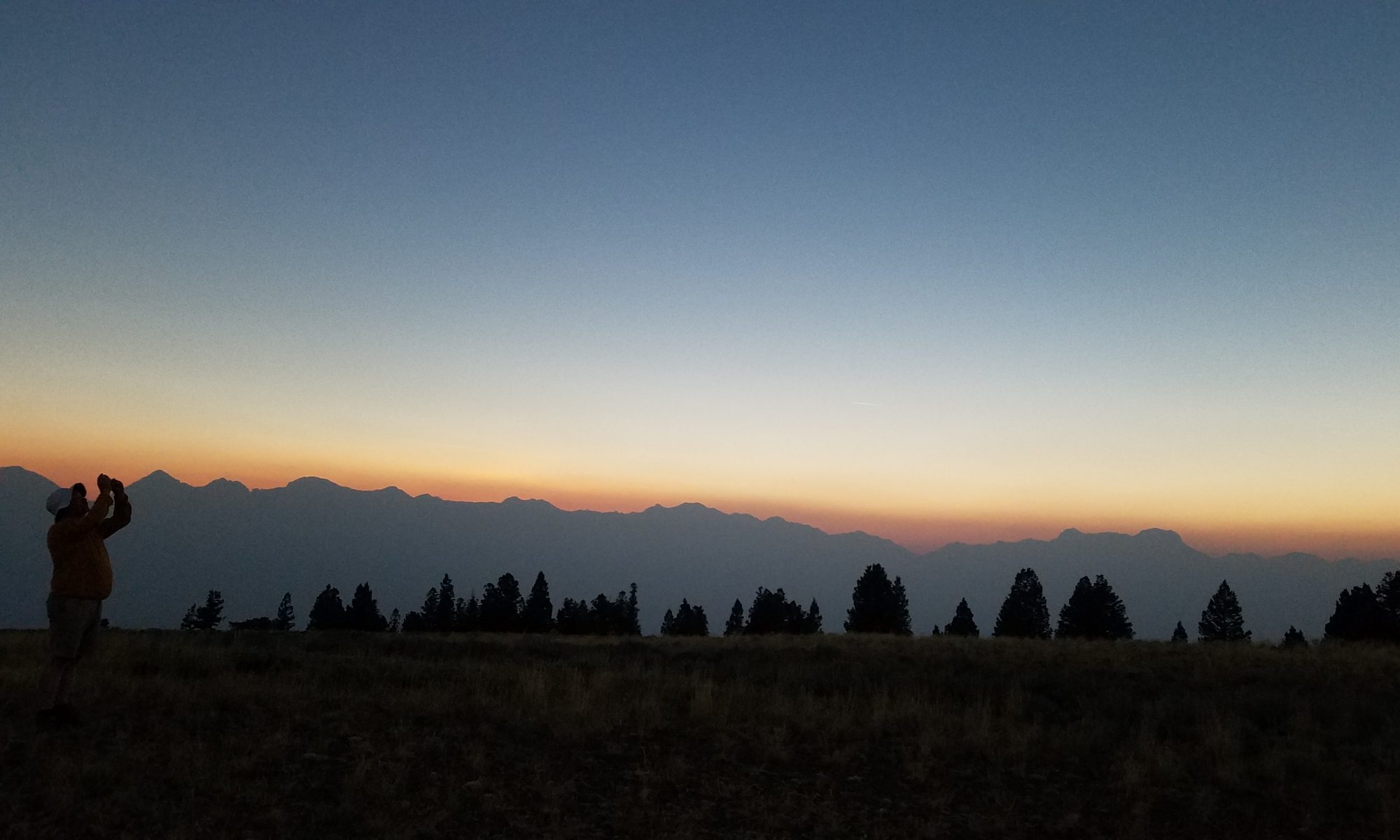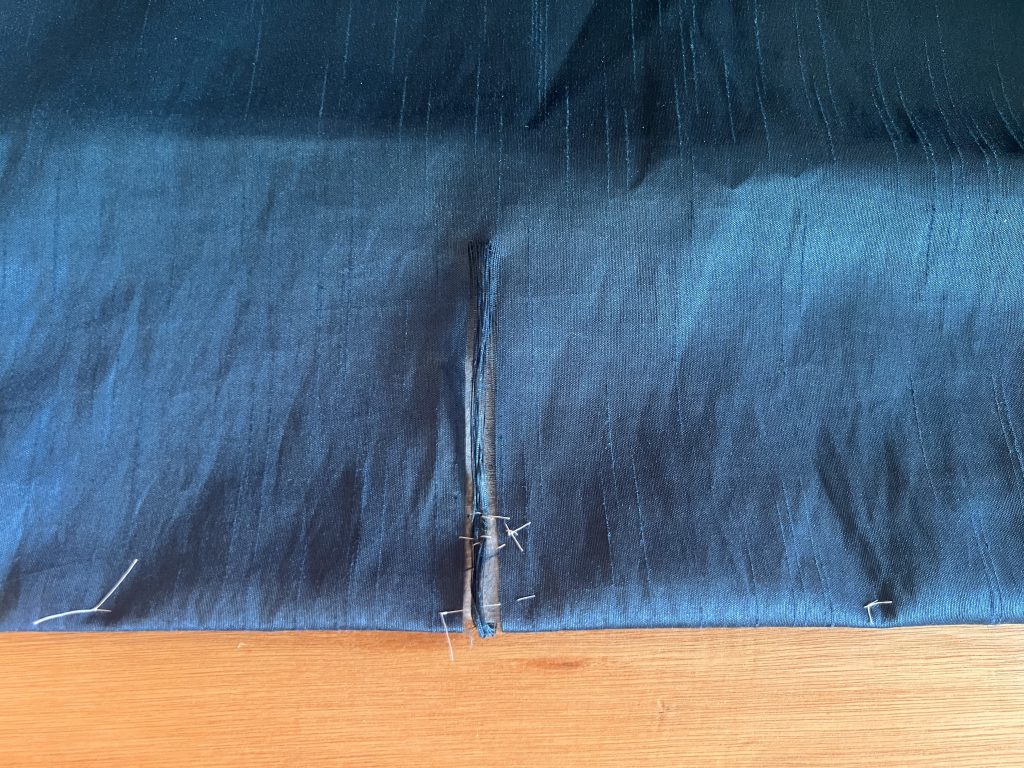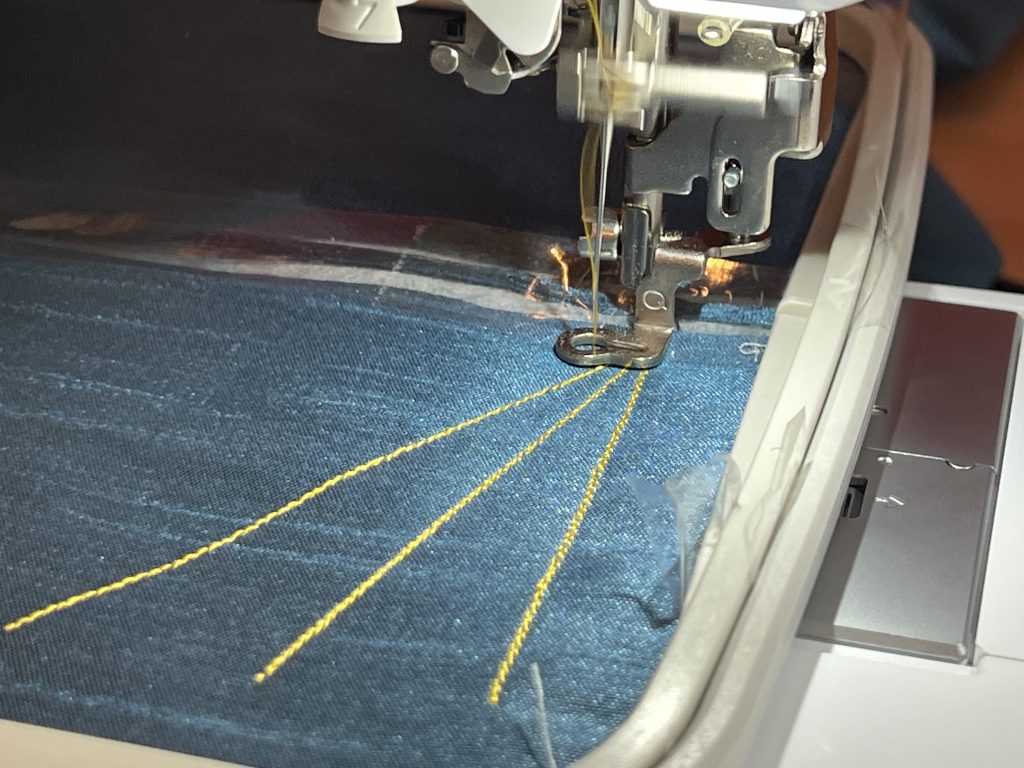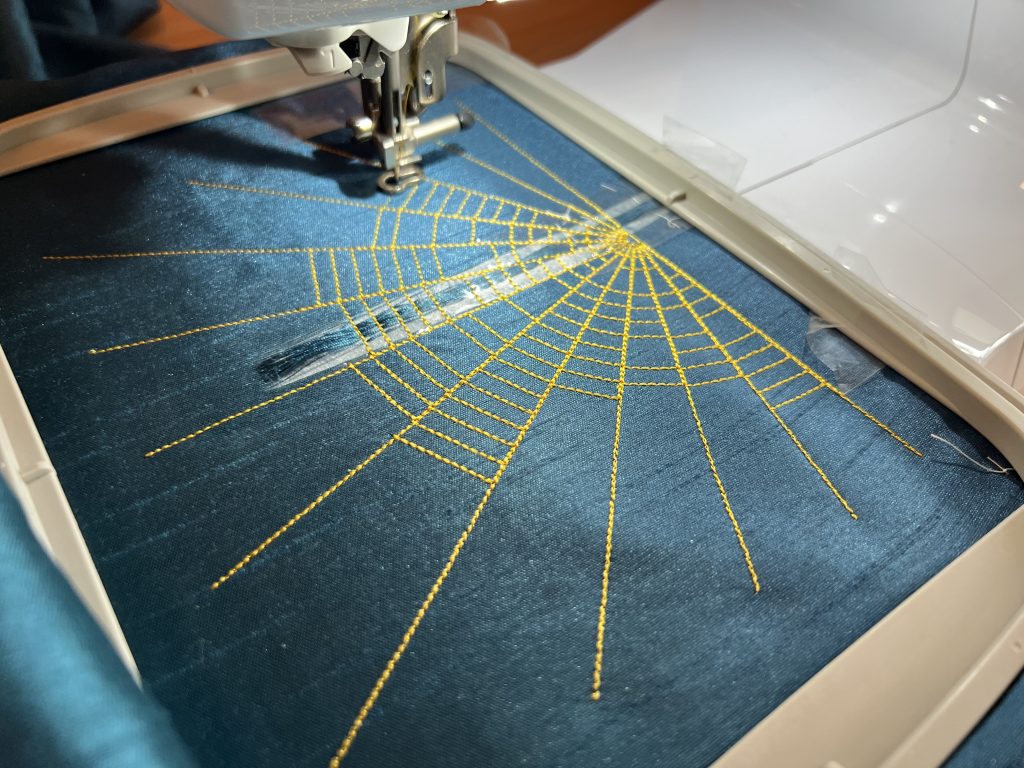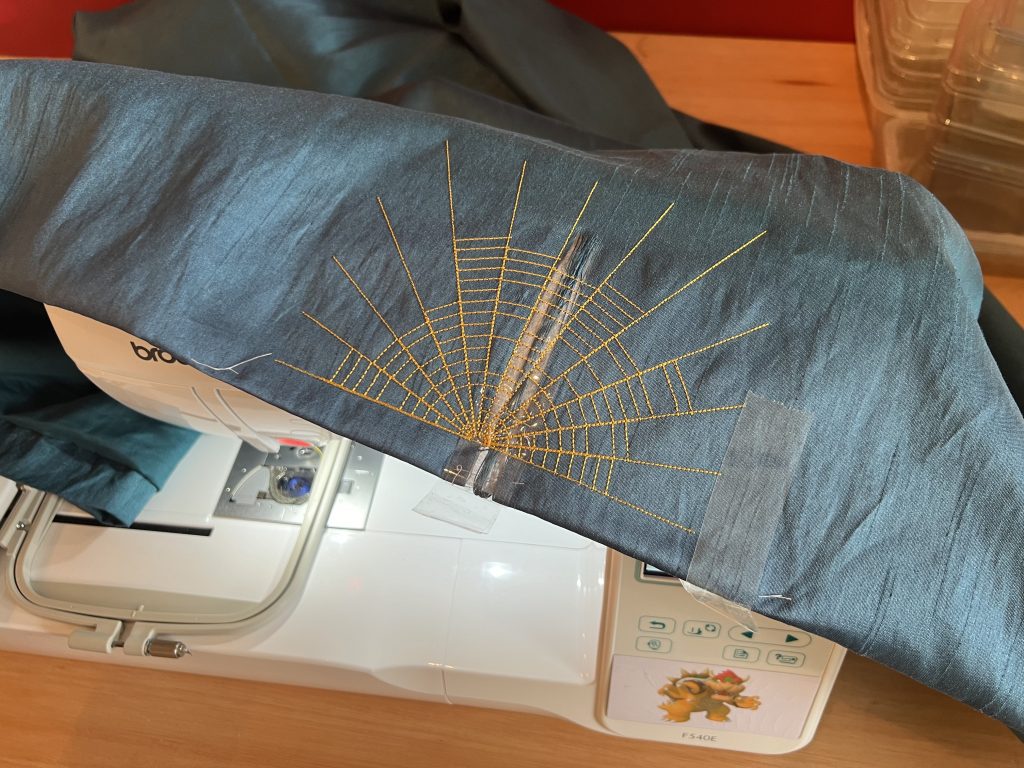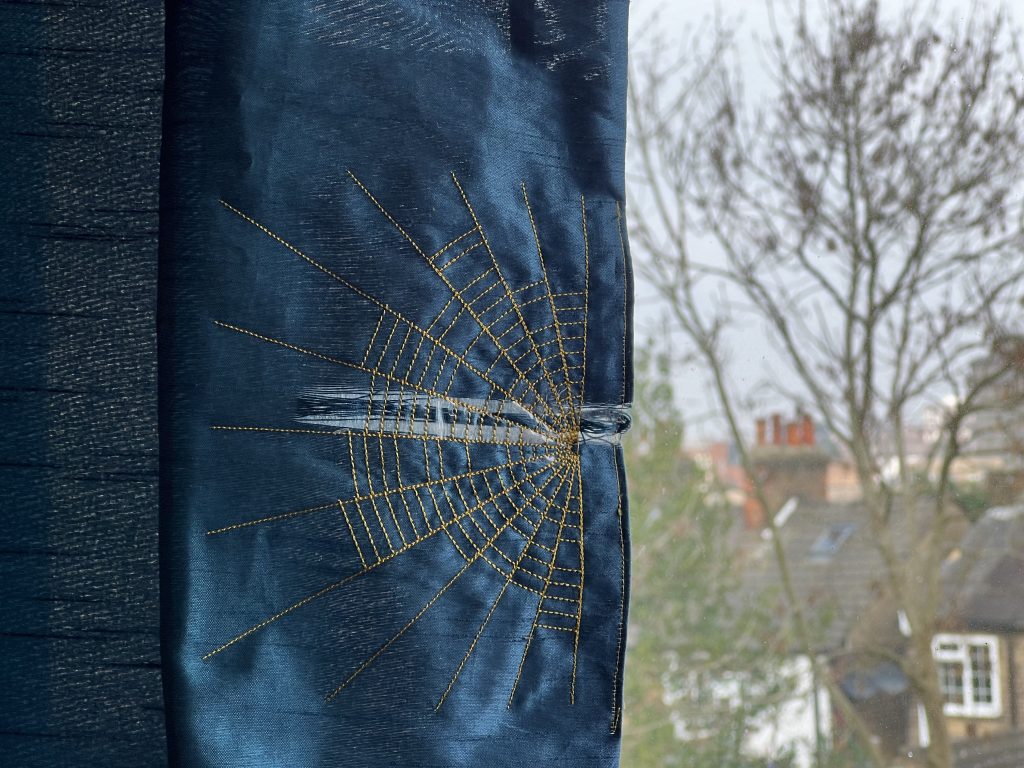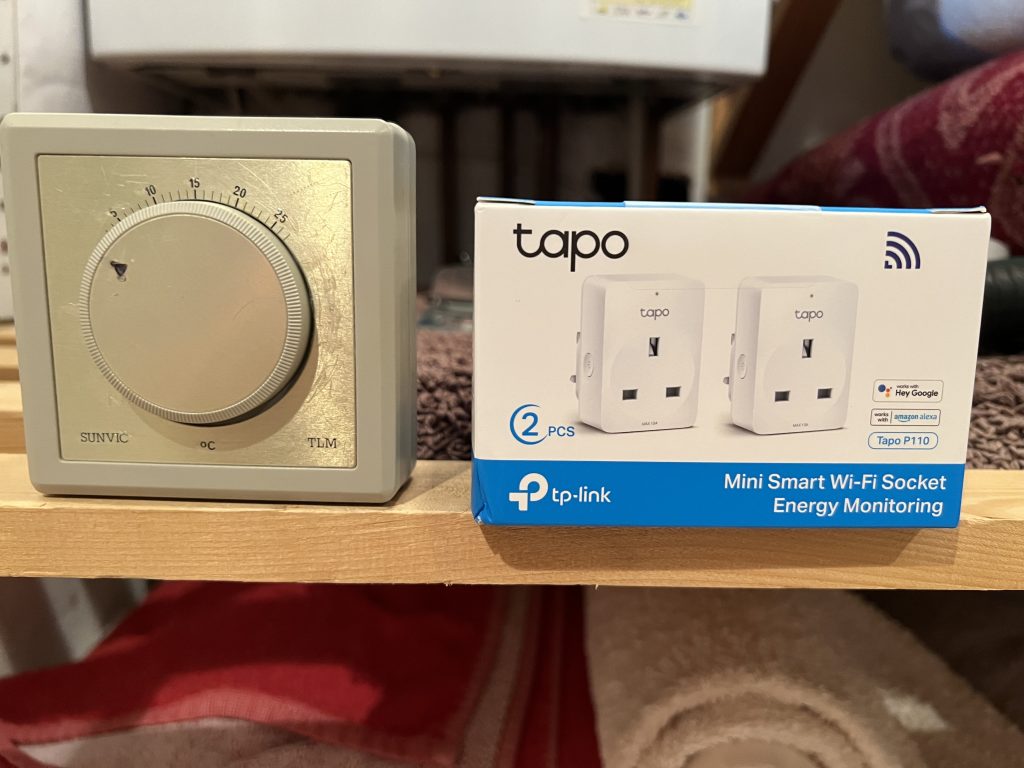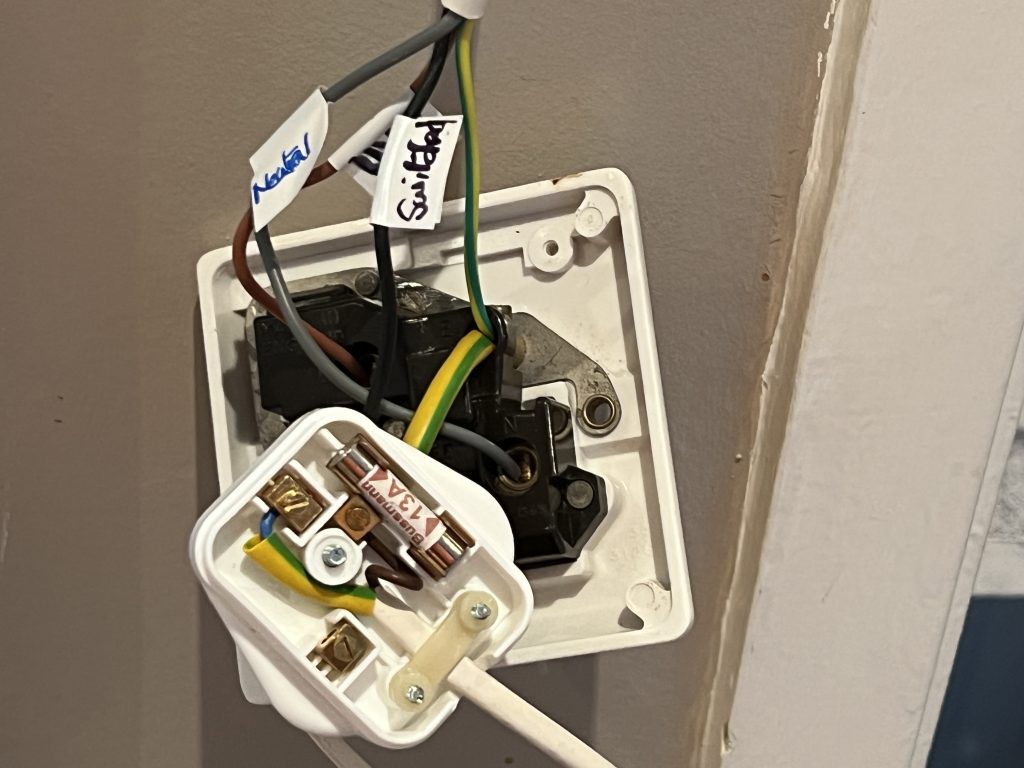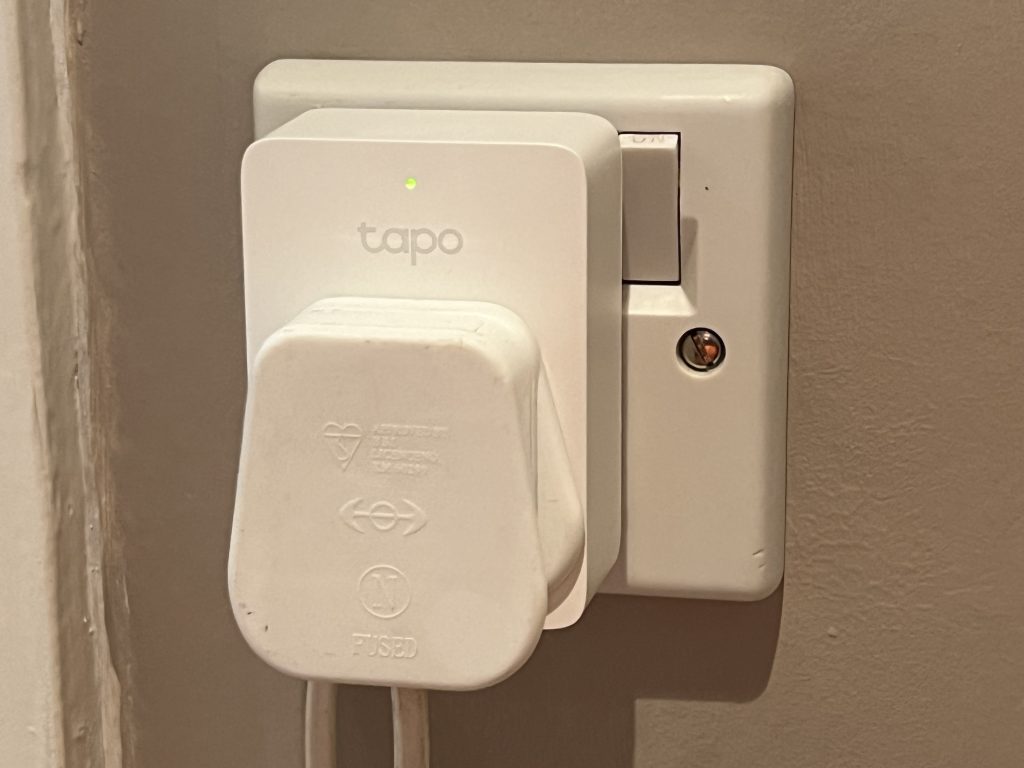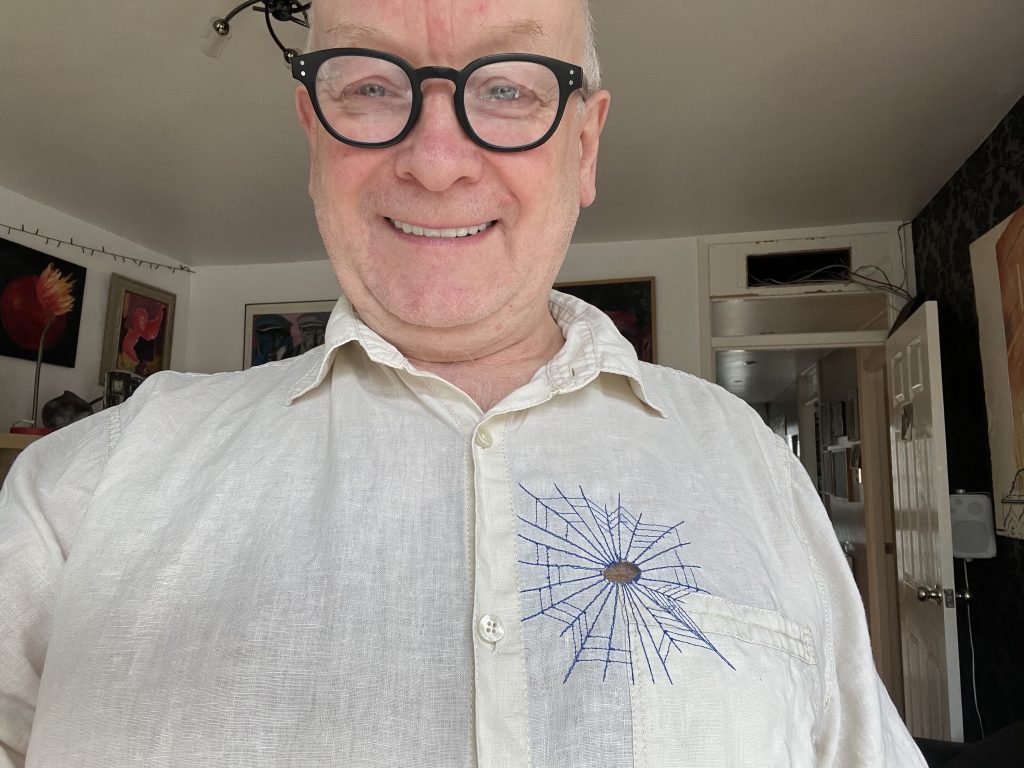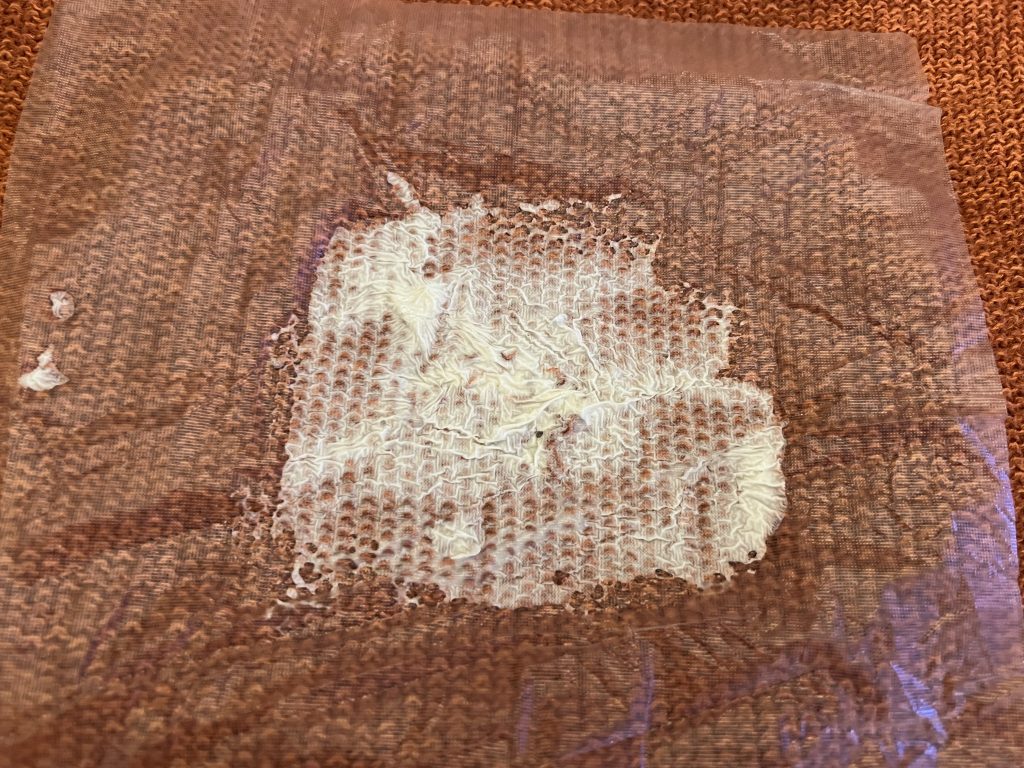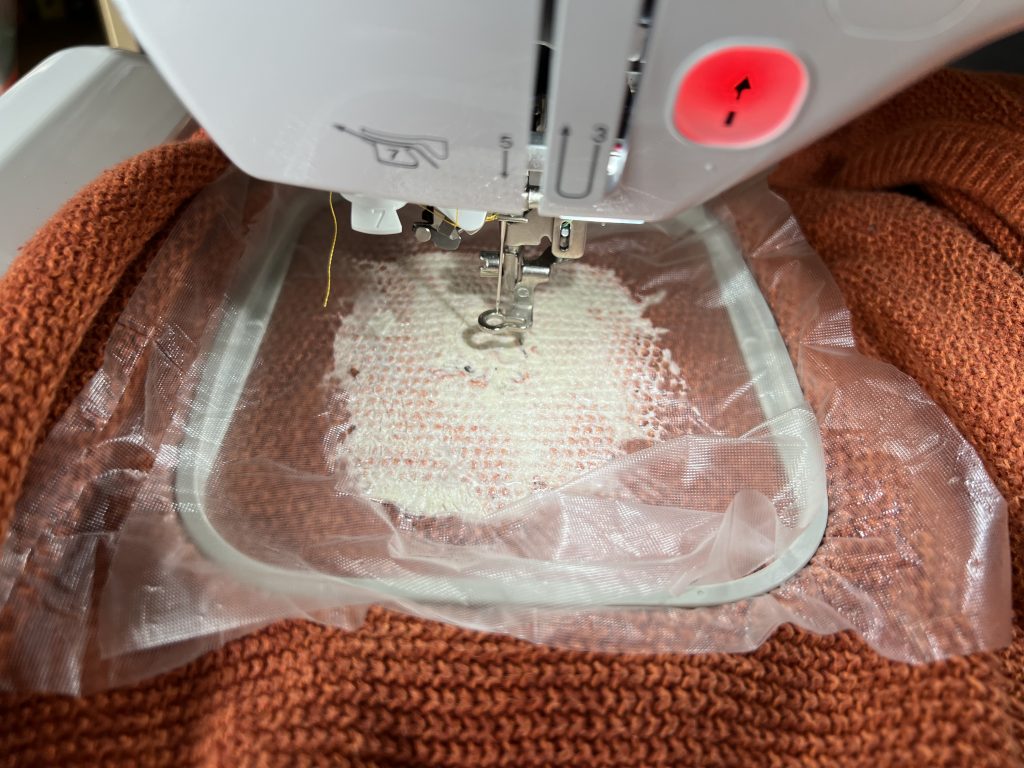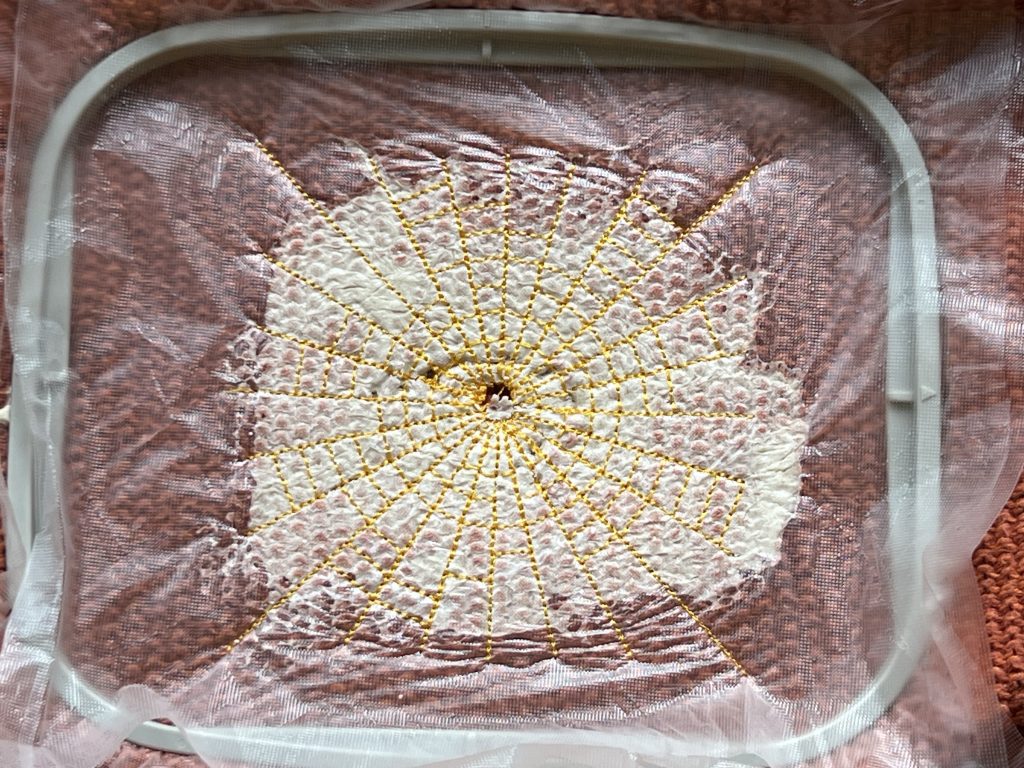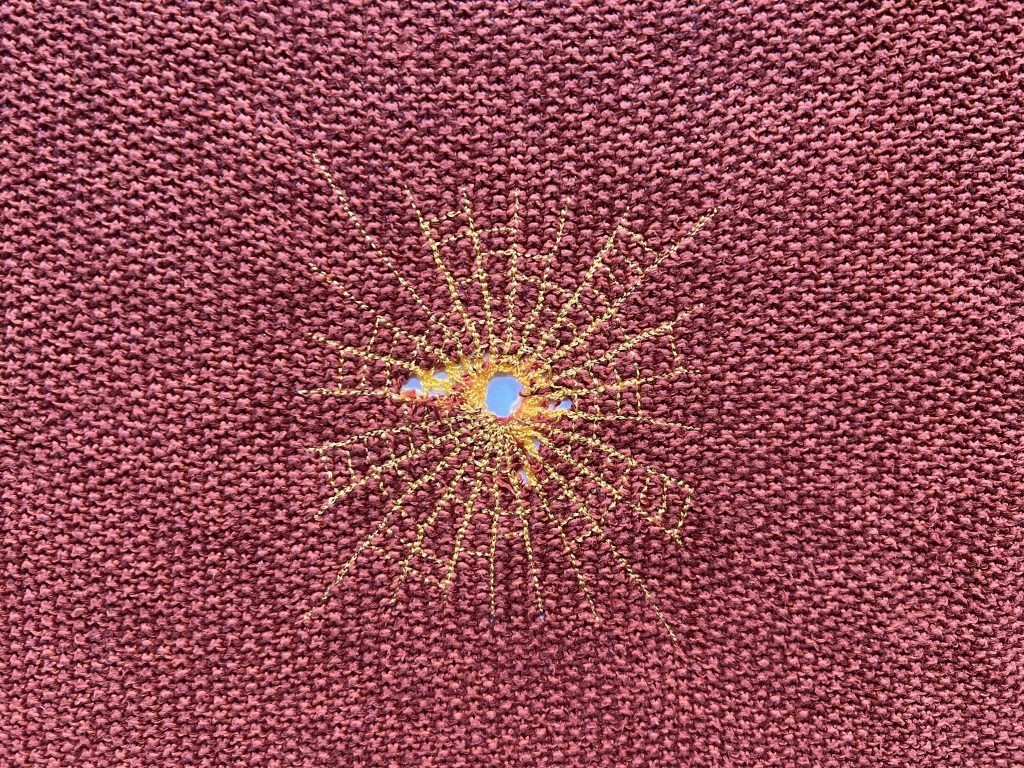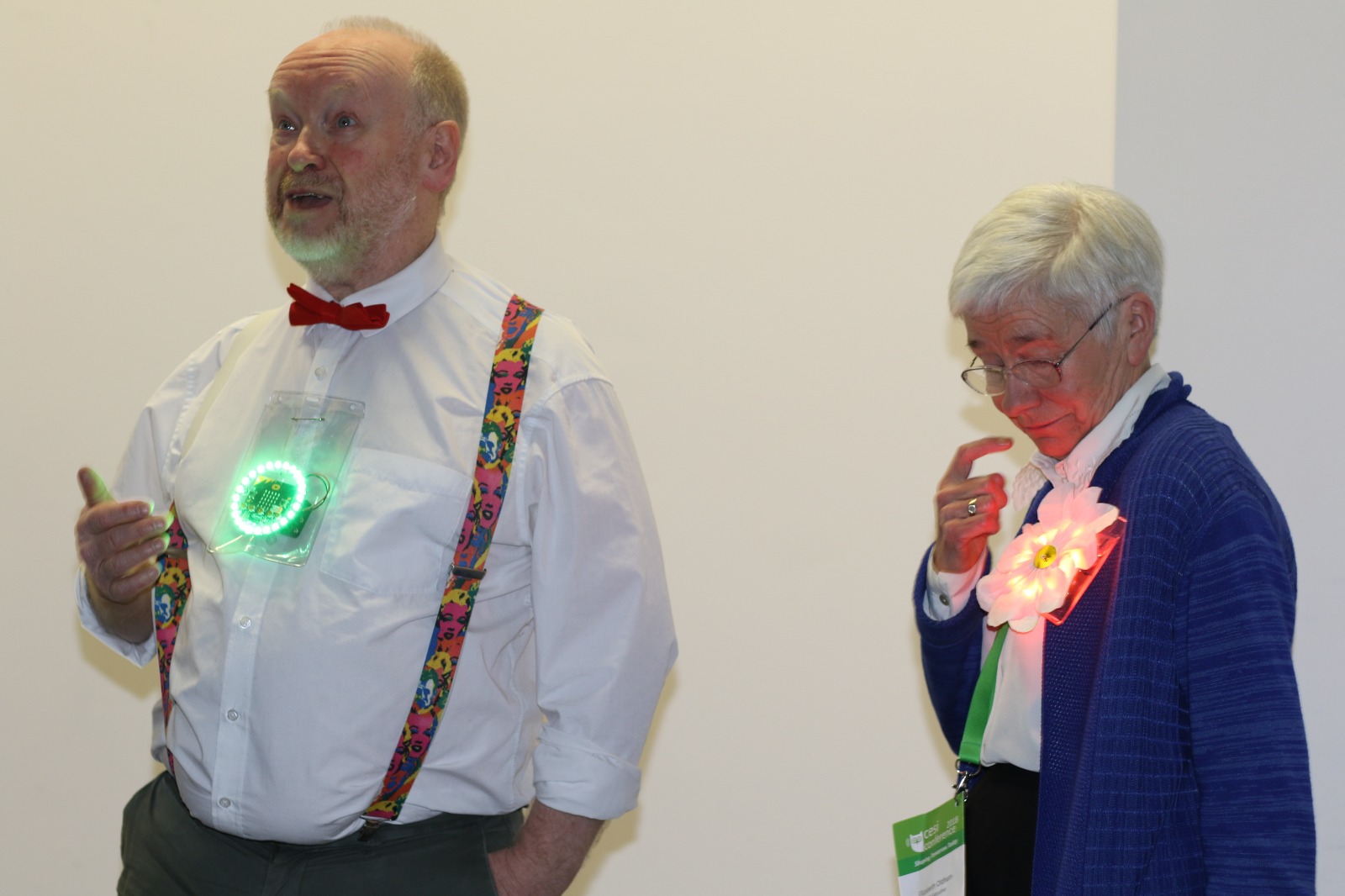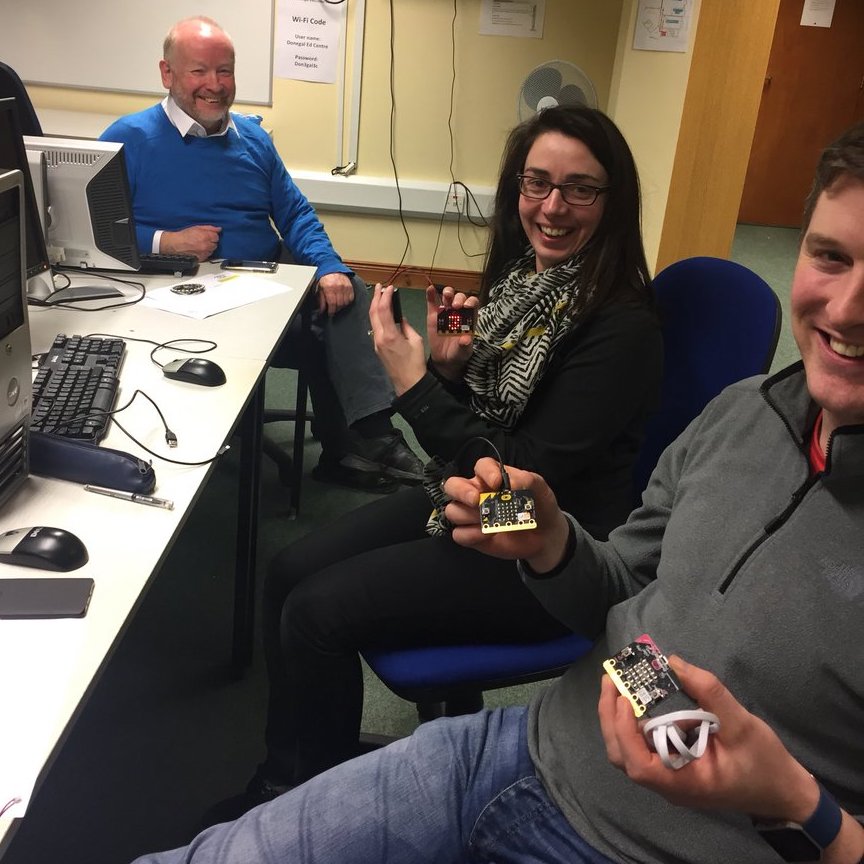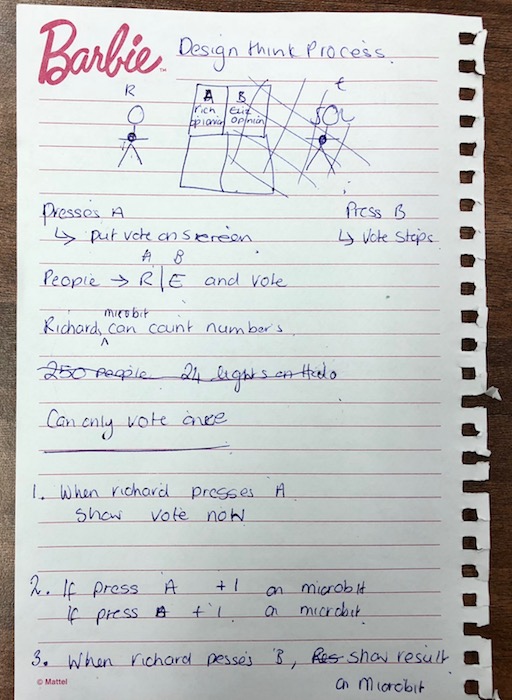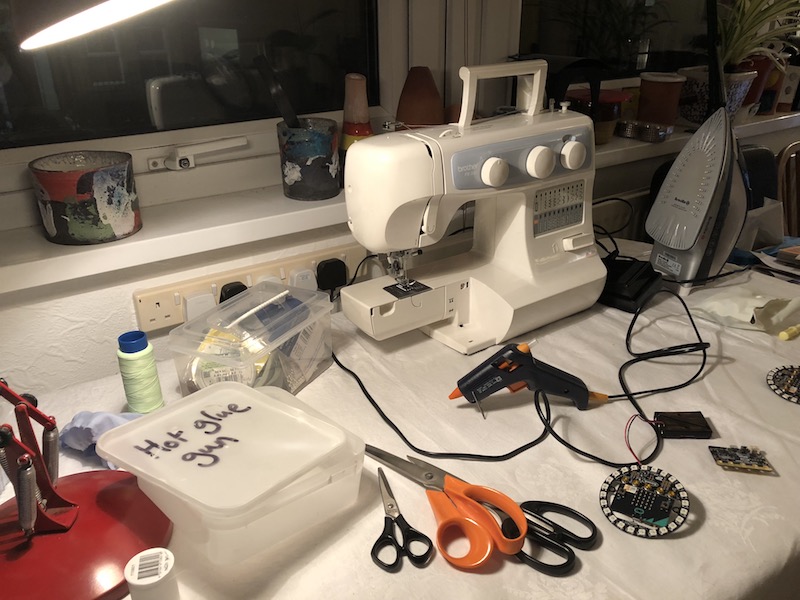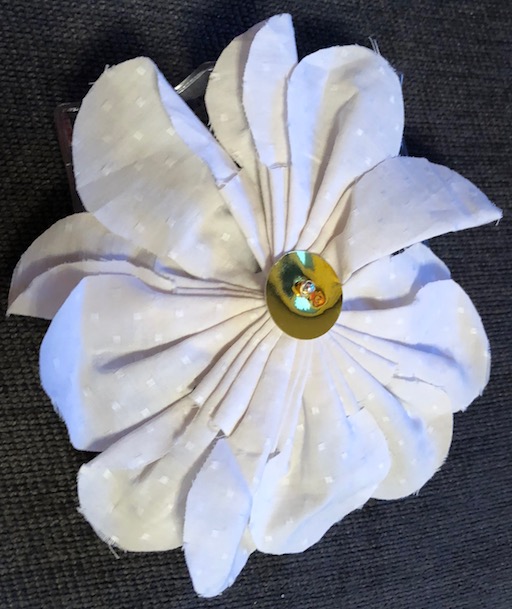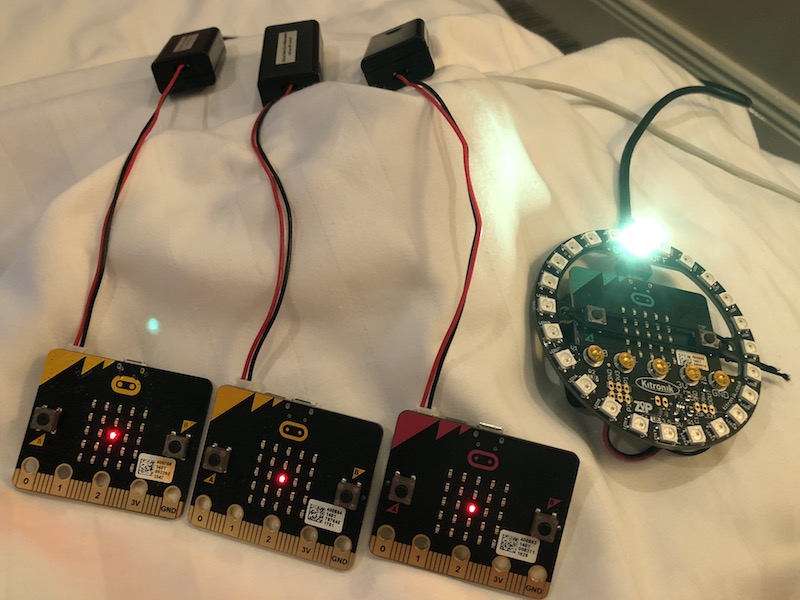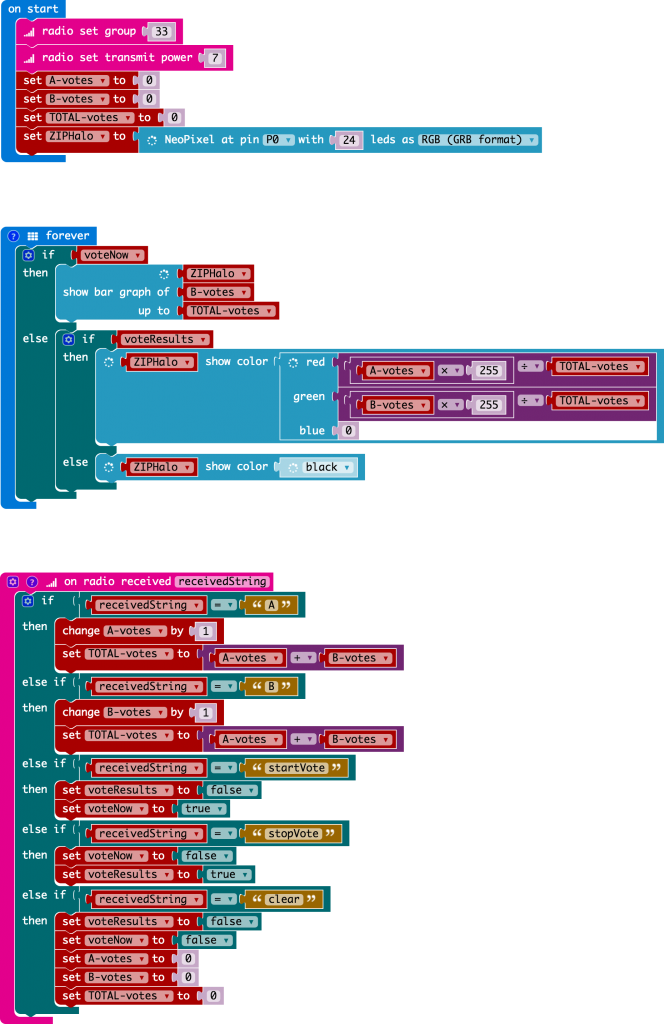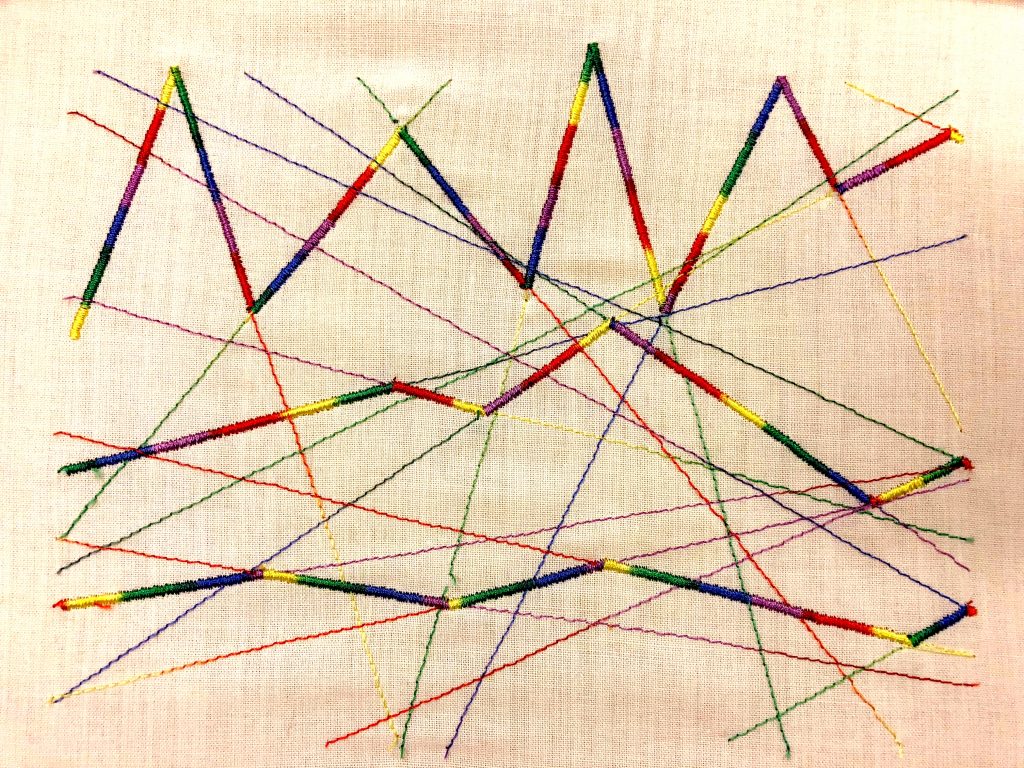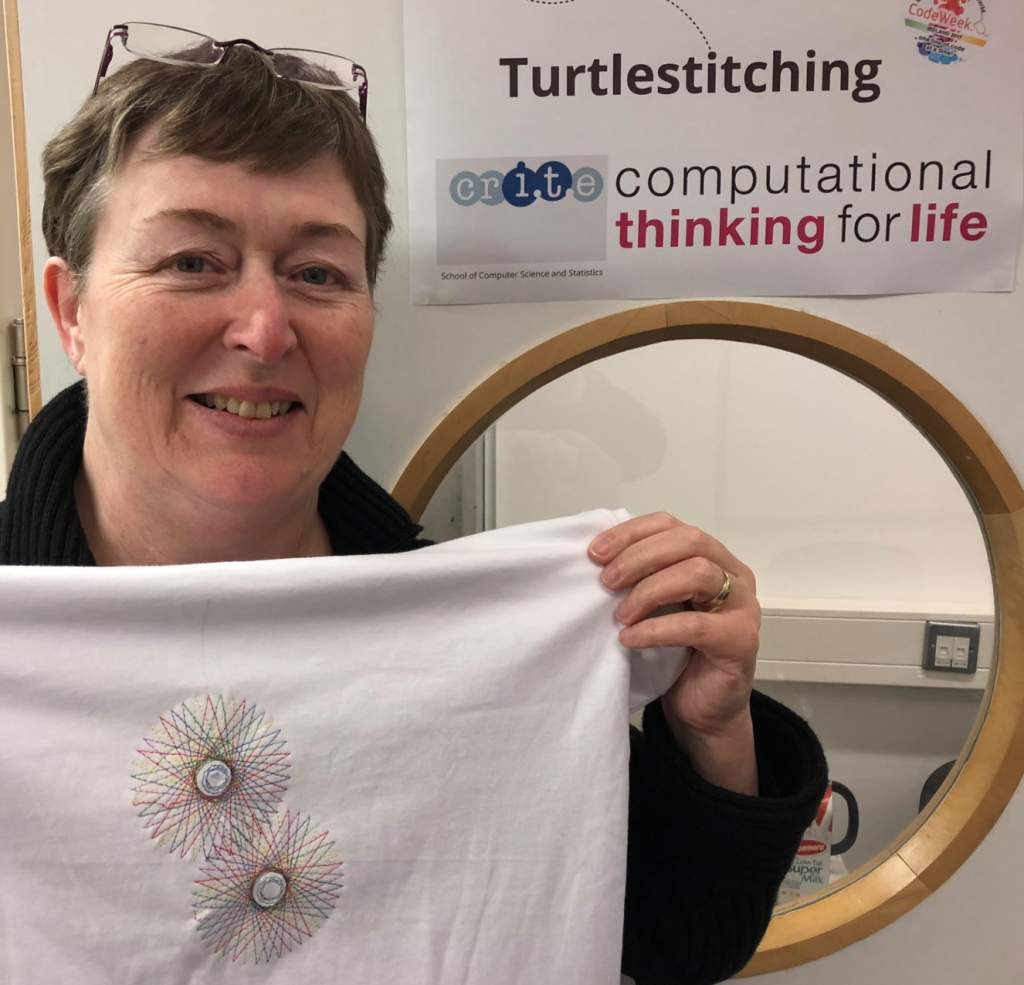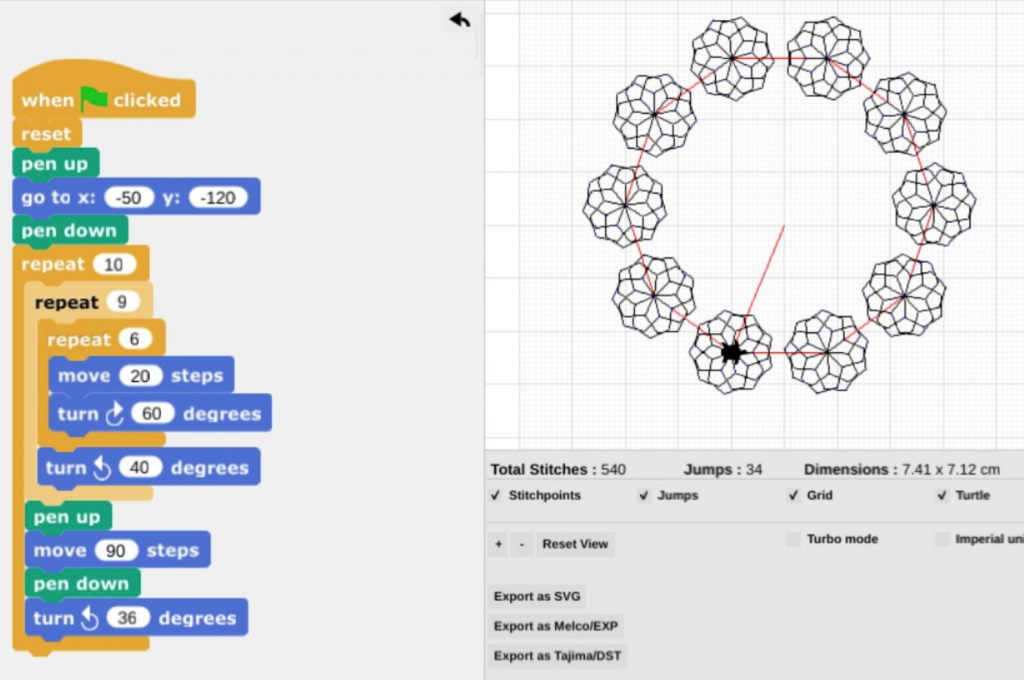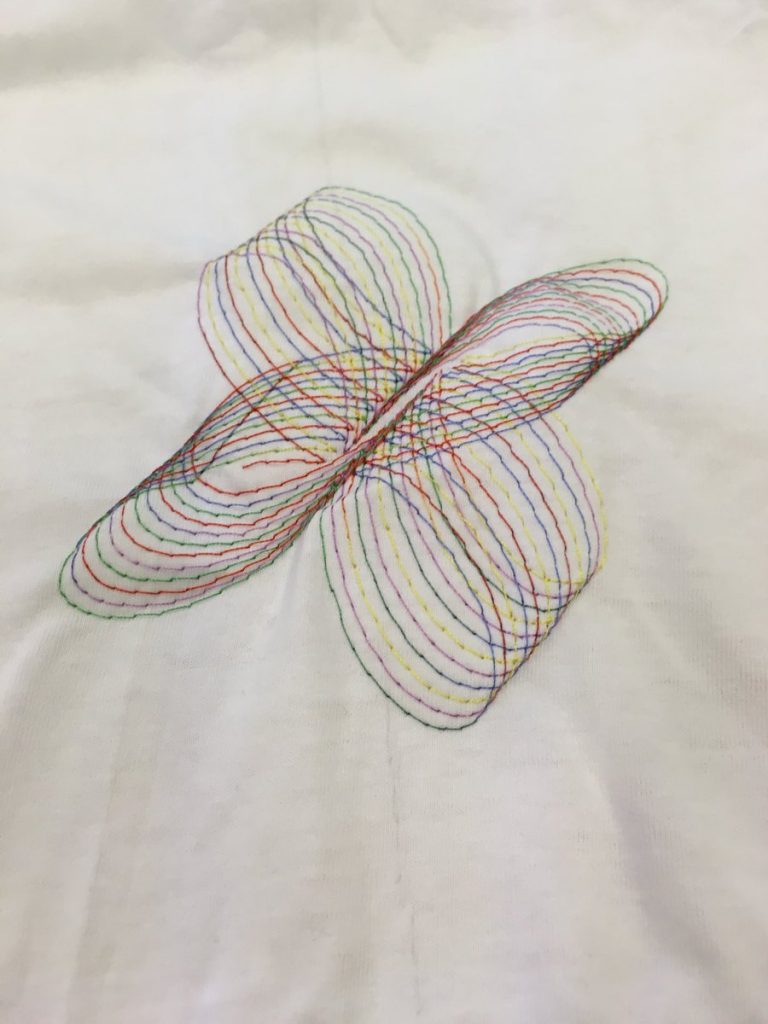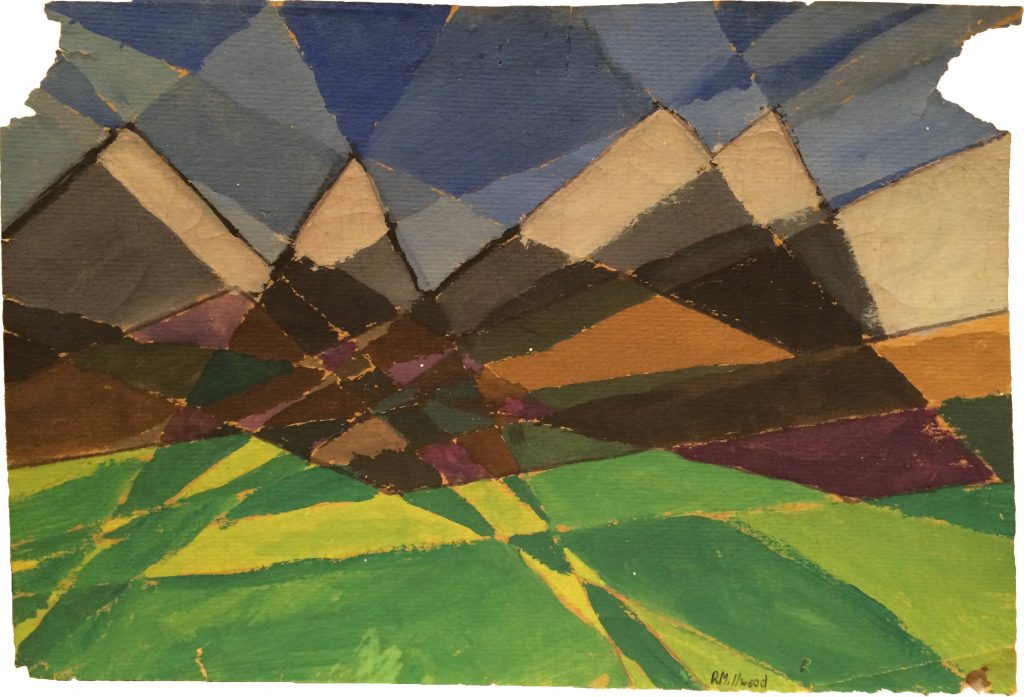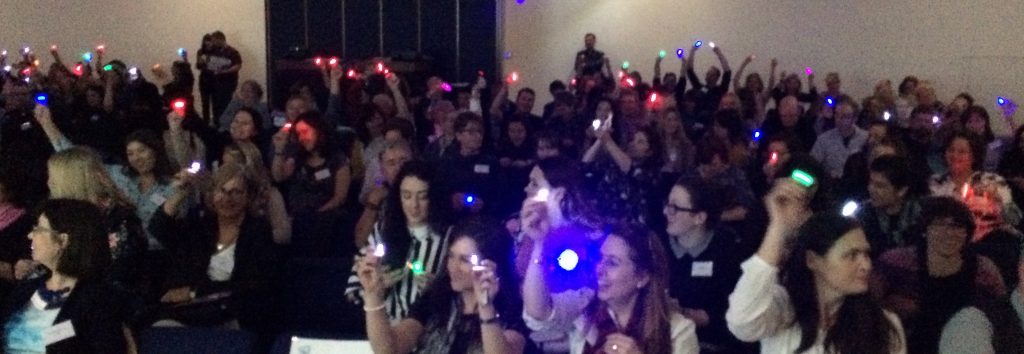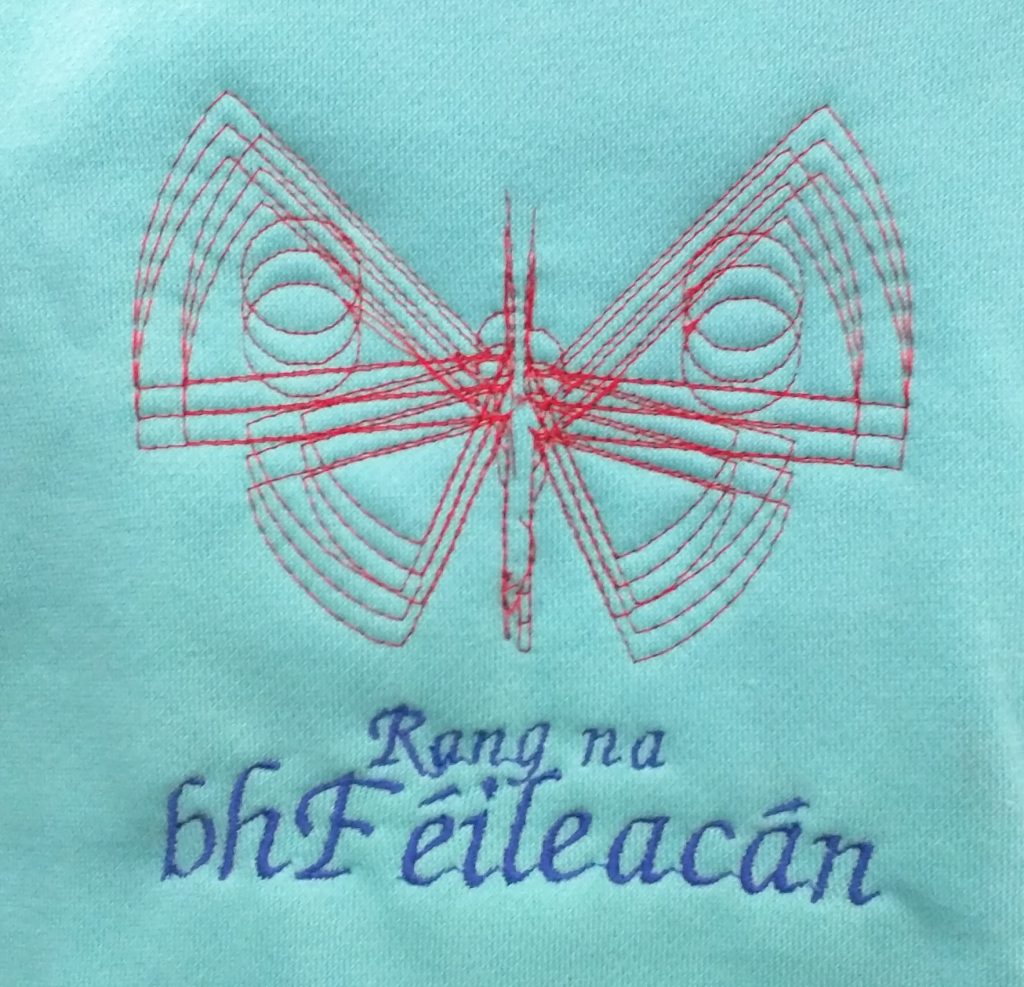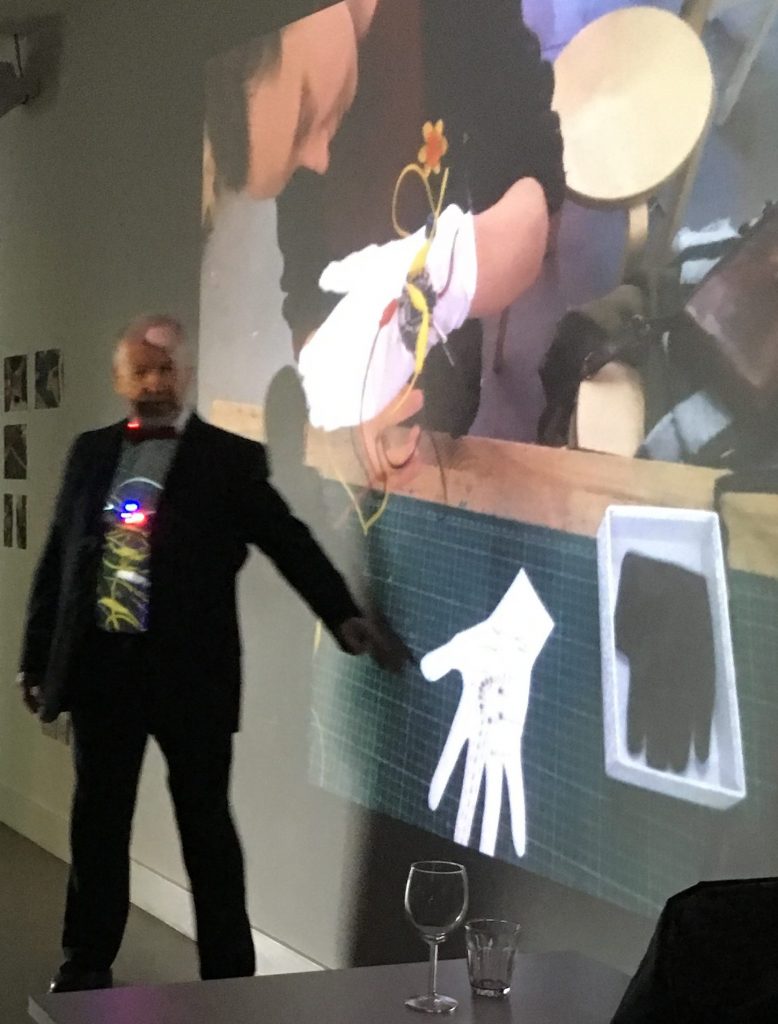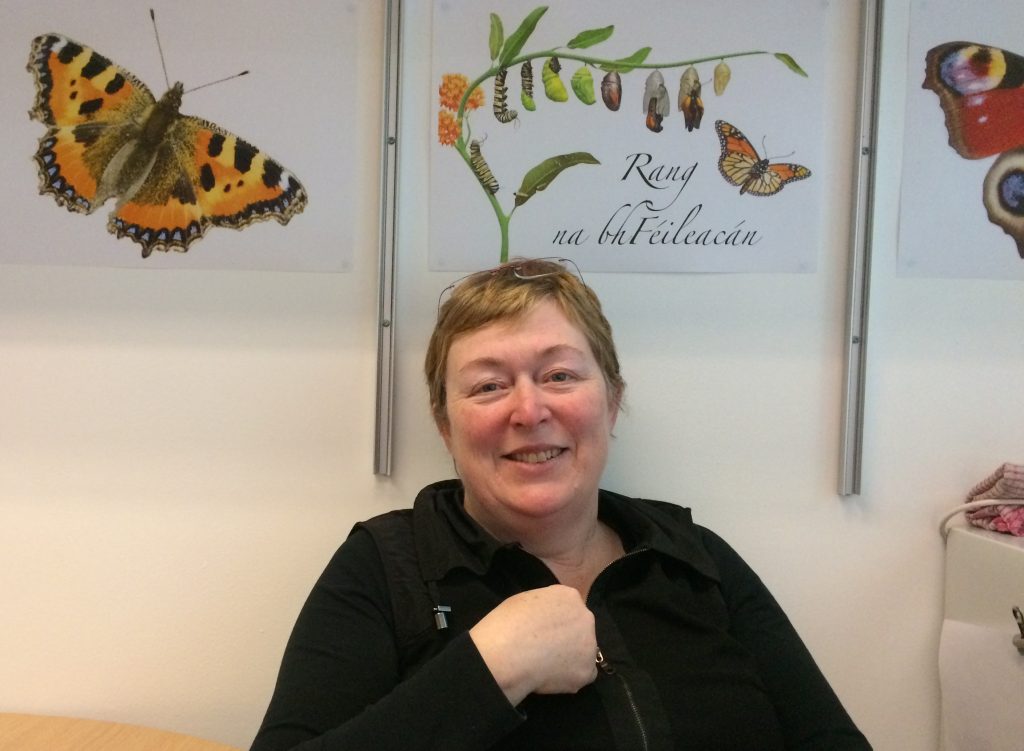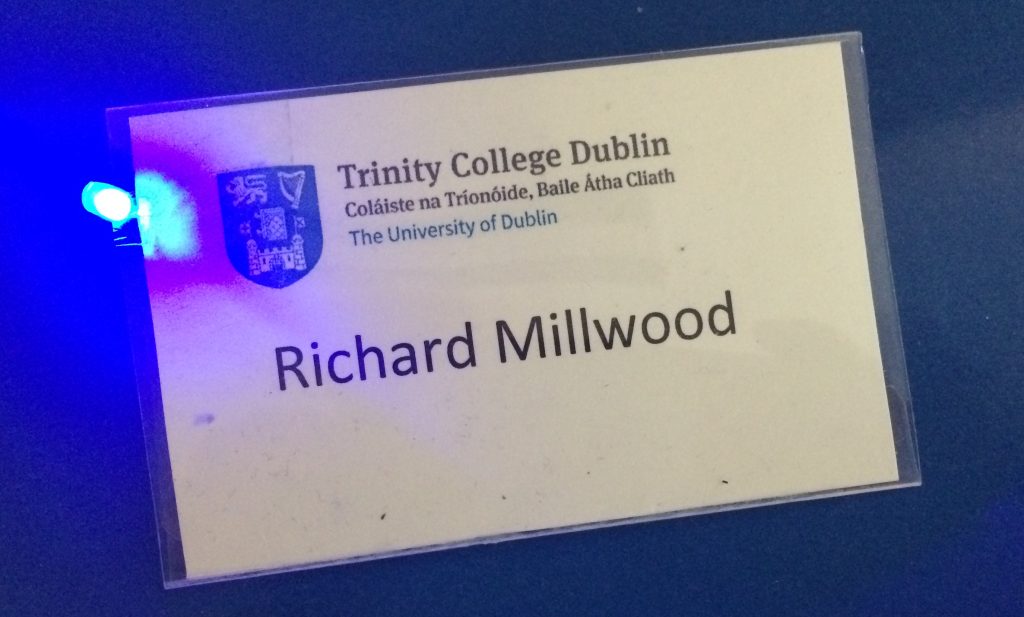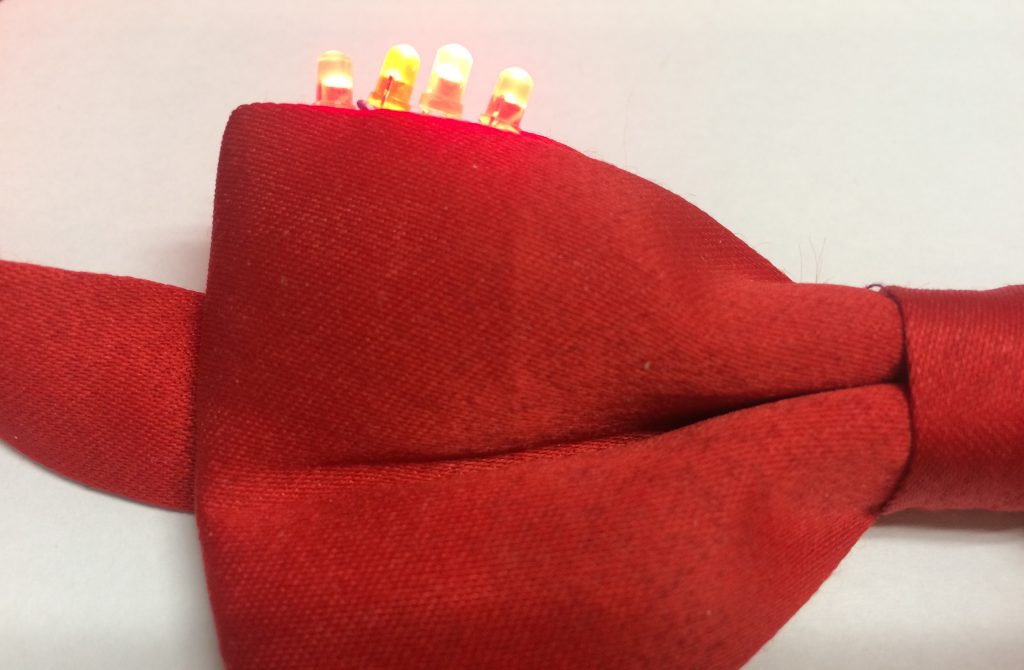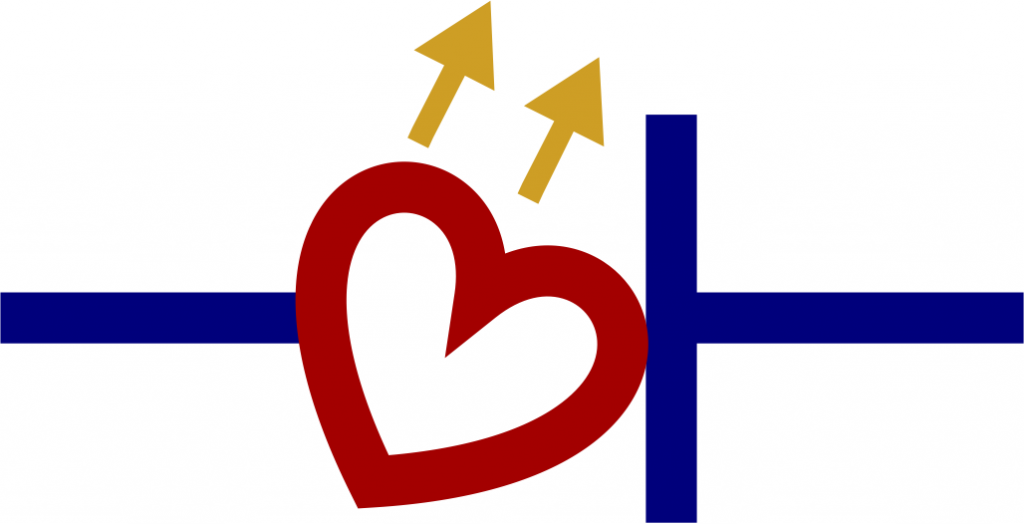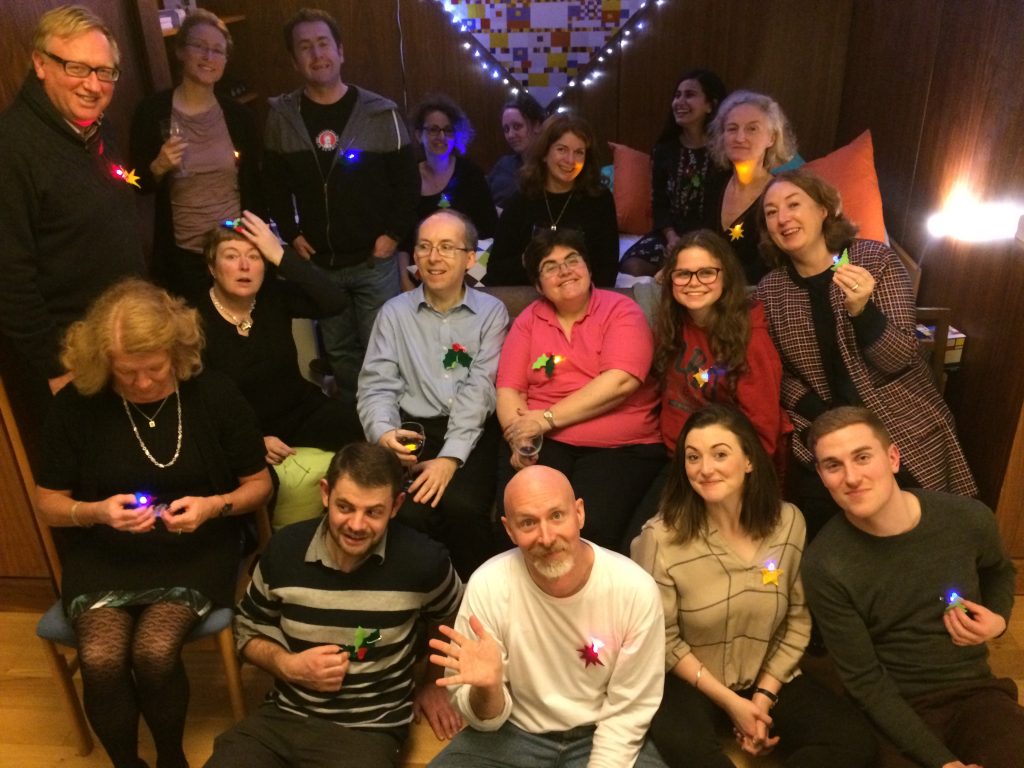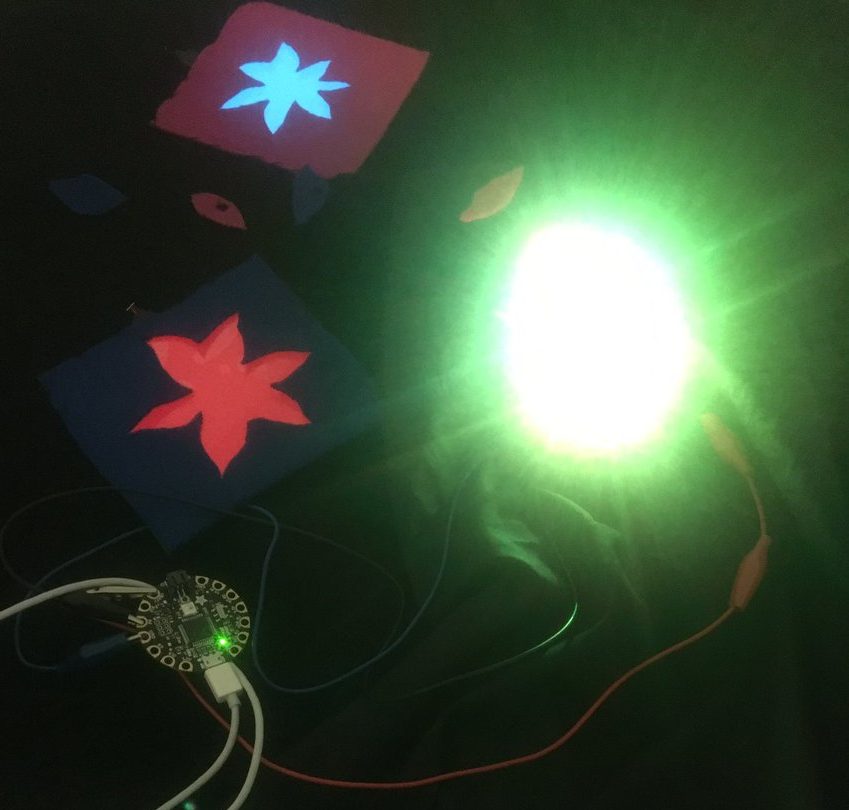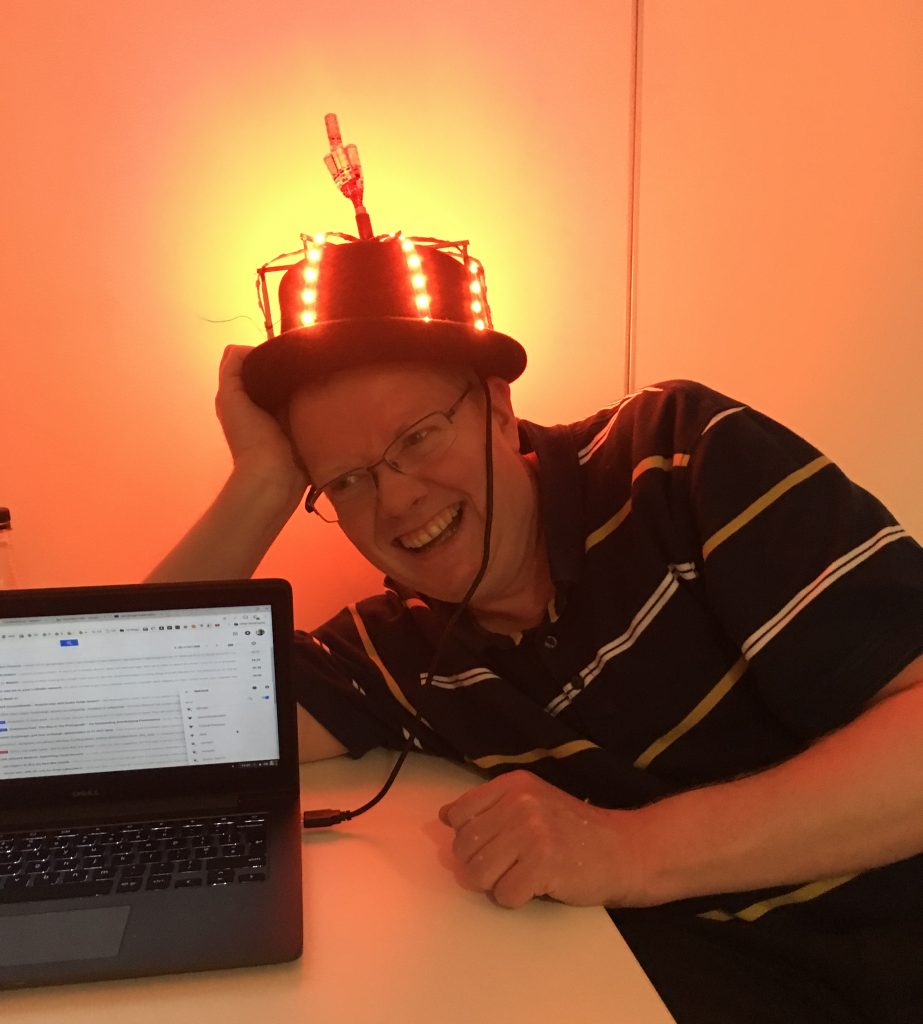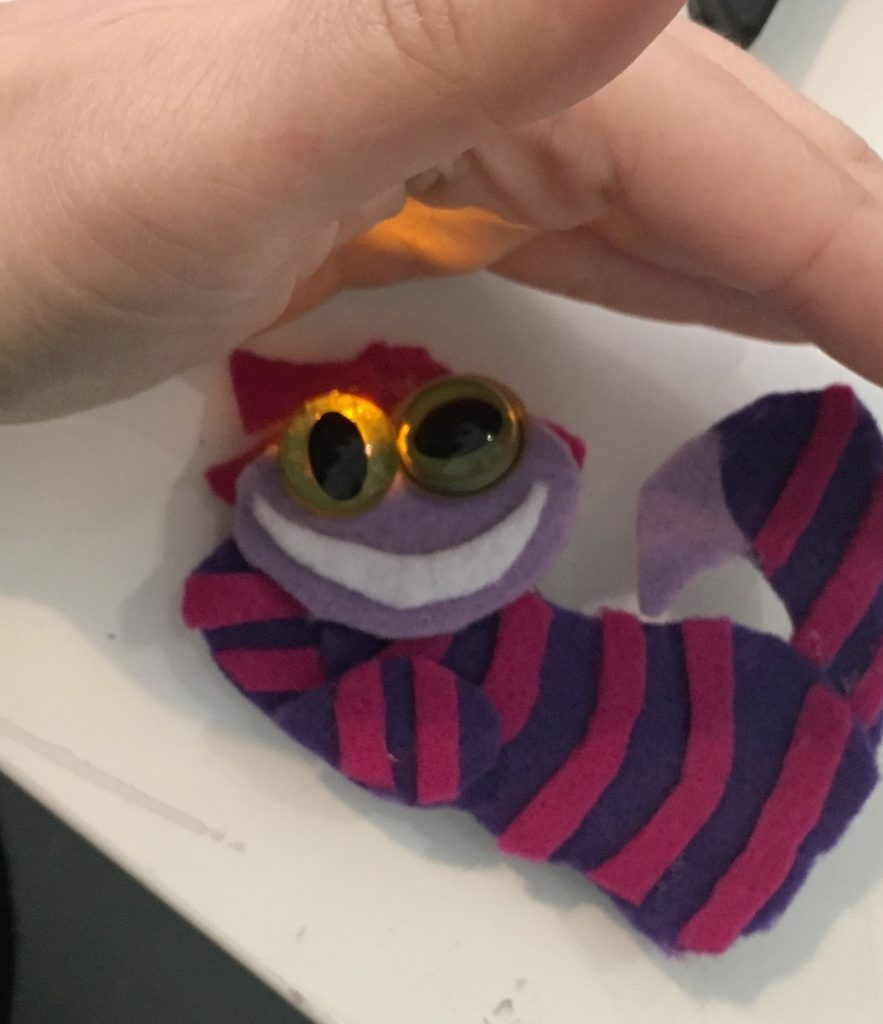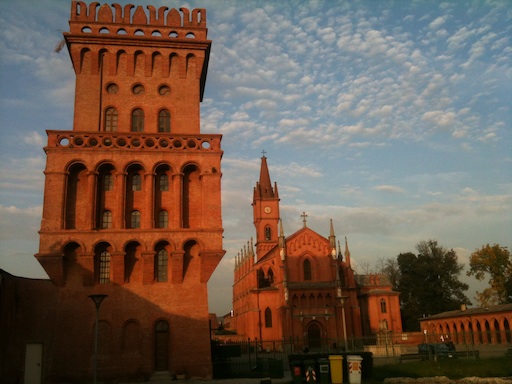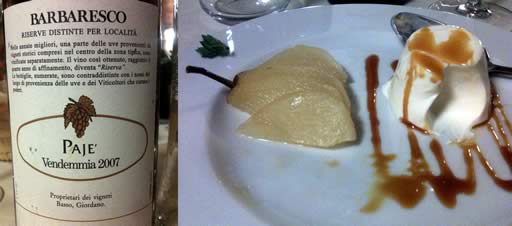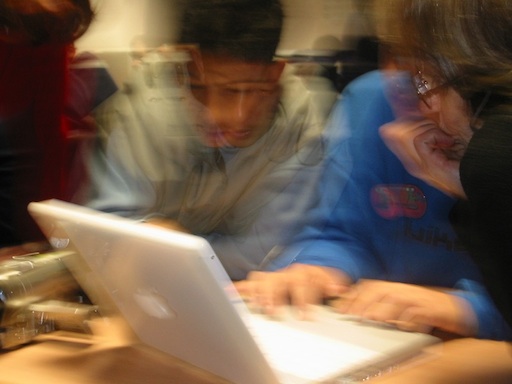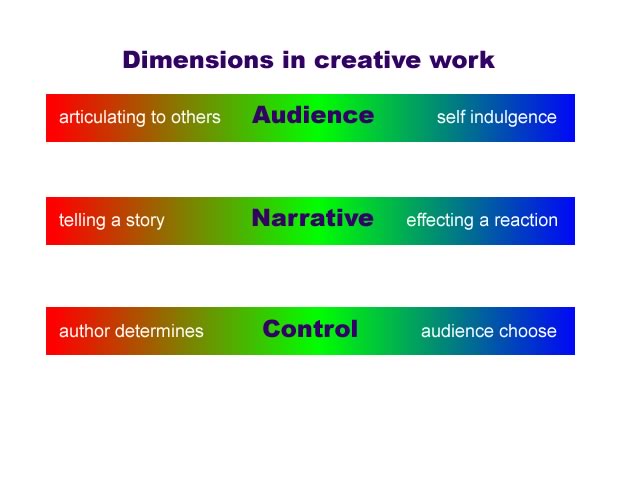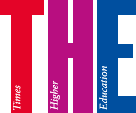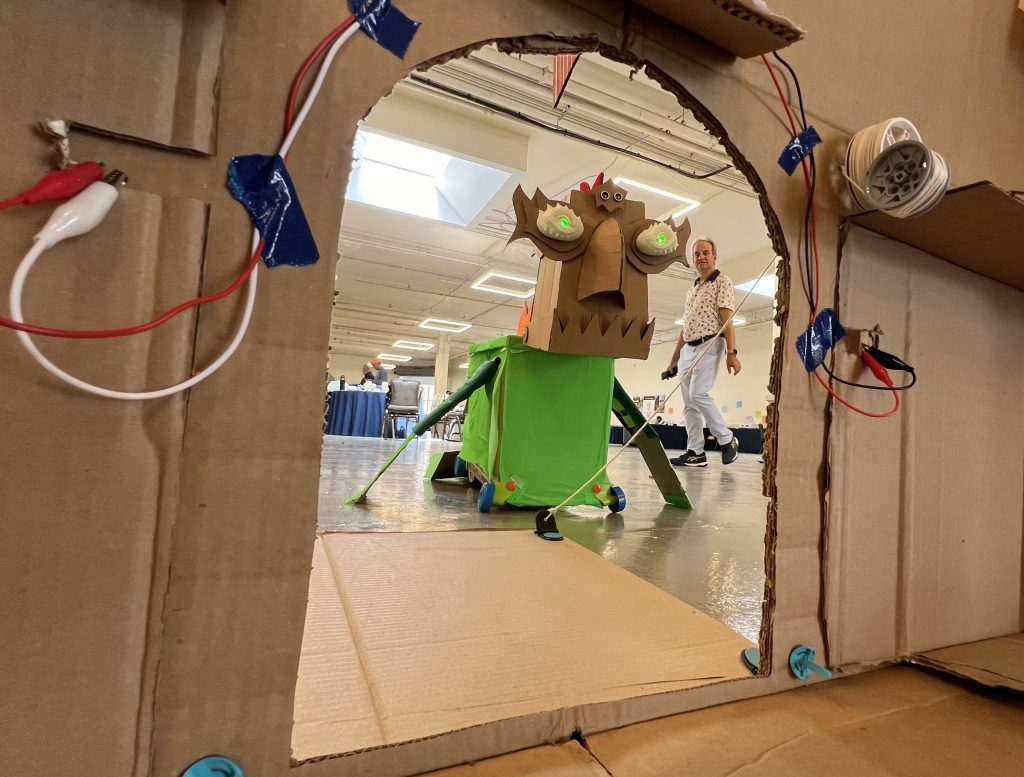
Music?
More of a noise really, but made by hand crafted instruments made using servo motors and BBC Micro:bits.
All part of the summer institute, making and programming, that was Constructing Modern Knowledge (CMK), held in Manchester, New Hampshire, USA from 9-12 July 2024.
I went to be amongst friends and like-minded educators such as Cynthia Solomon.
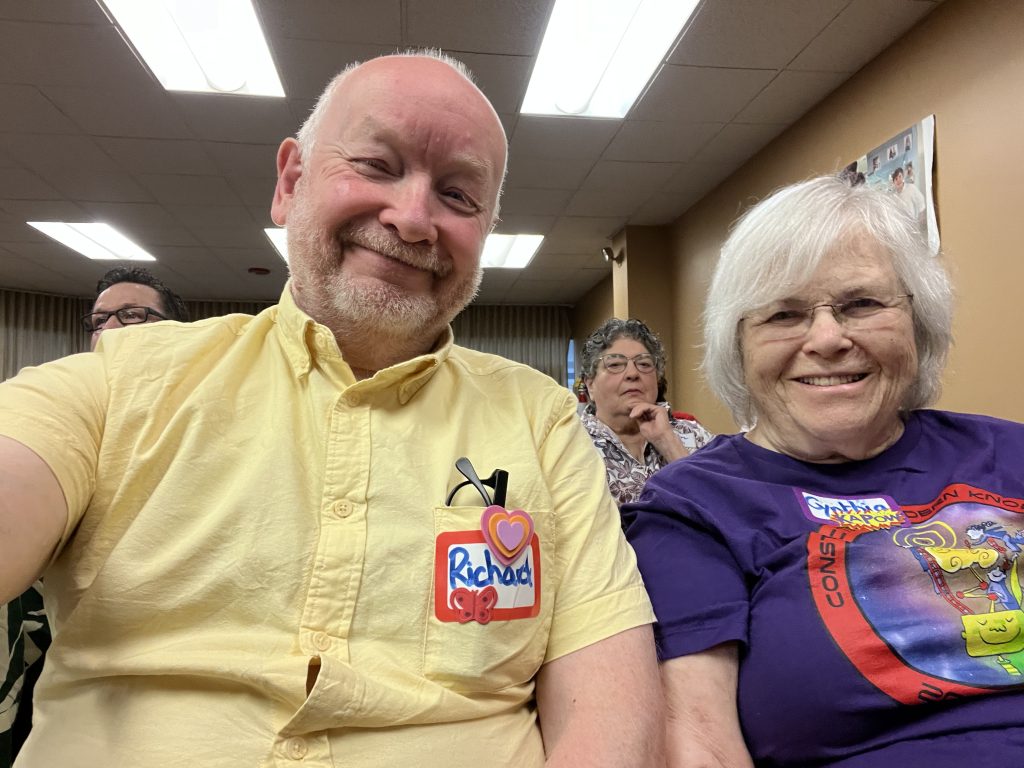
CMK is the invention of Gary Stager and Sylvia Martinez, bringing together teachers who want to explore constructionism in the best possible way, by making.
Each morning, Gary would remind us of the origins of his pedagogical paradigm and re-inforce its precepts in an entertaining and informative way, reminding each of us of our evangelical duties!
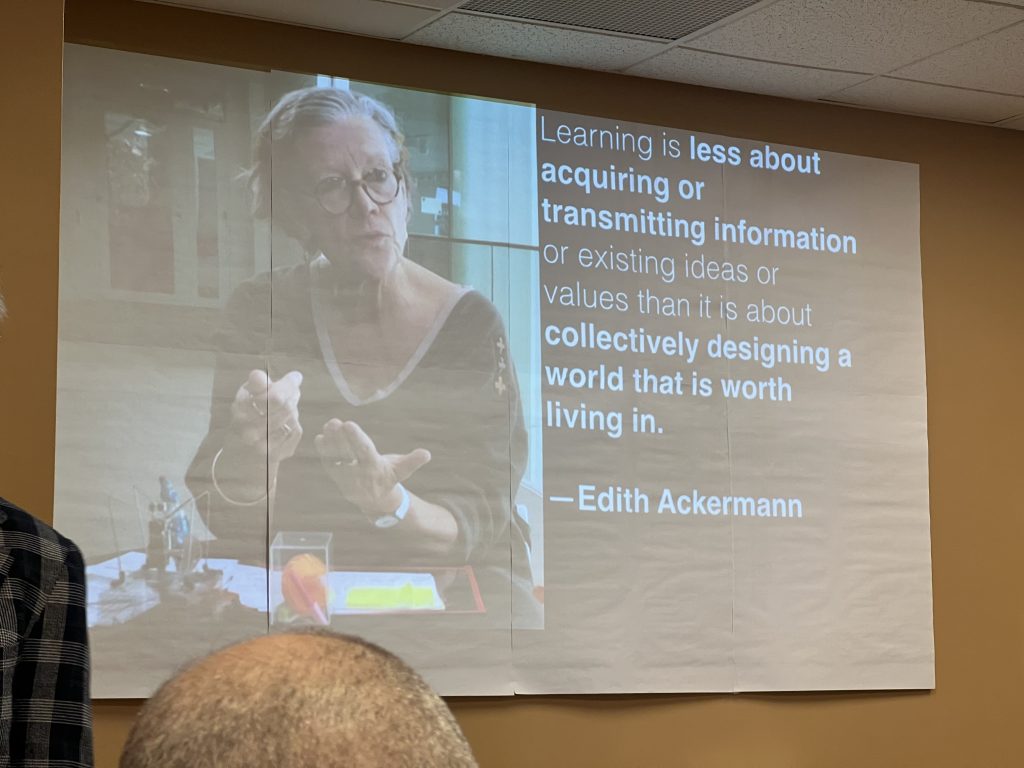
Another important aspect of the summer institute was the huge, ballroom-like space for us to work in, with one long wall filled with table after table of equipment, spare parts and tools for participants to exploit in making their projects.
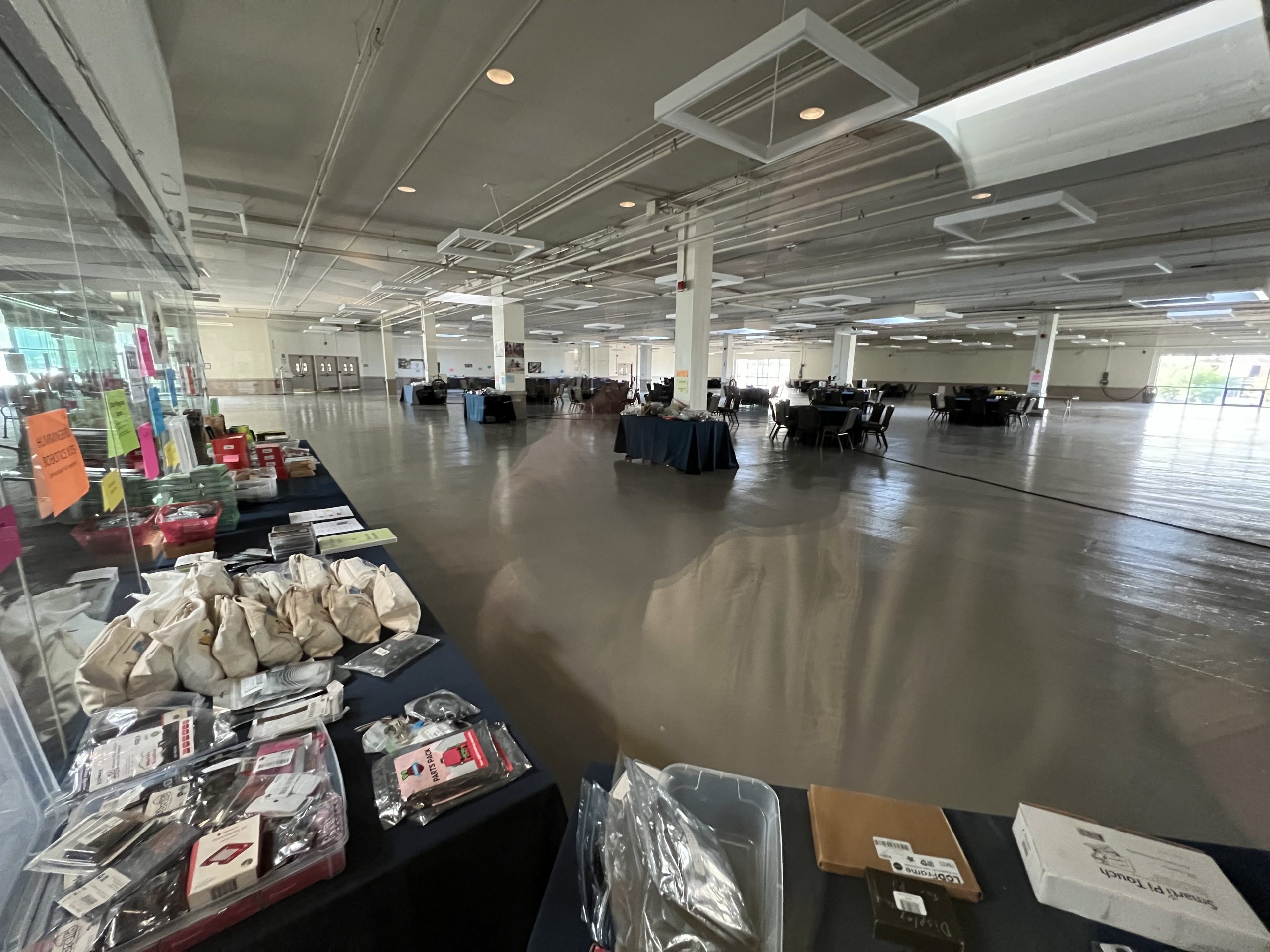
In the evenings we enjoyed a baseball game, a meal in an Argentinian restaurant, where the food was supplied on swords, and a pajama party!
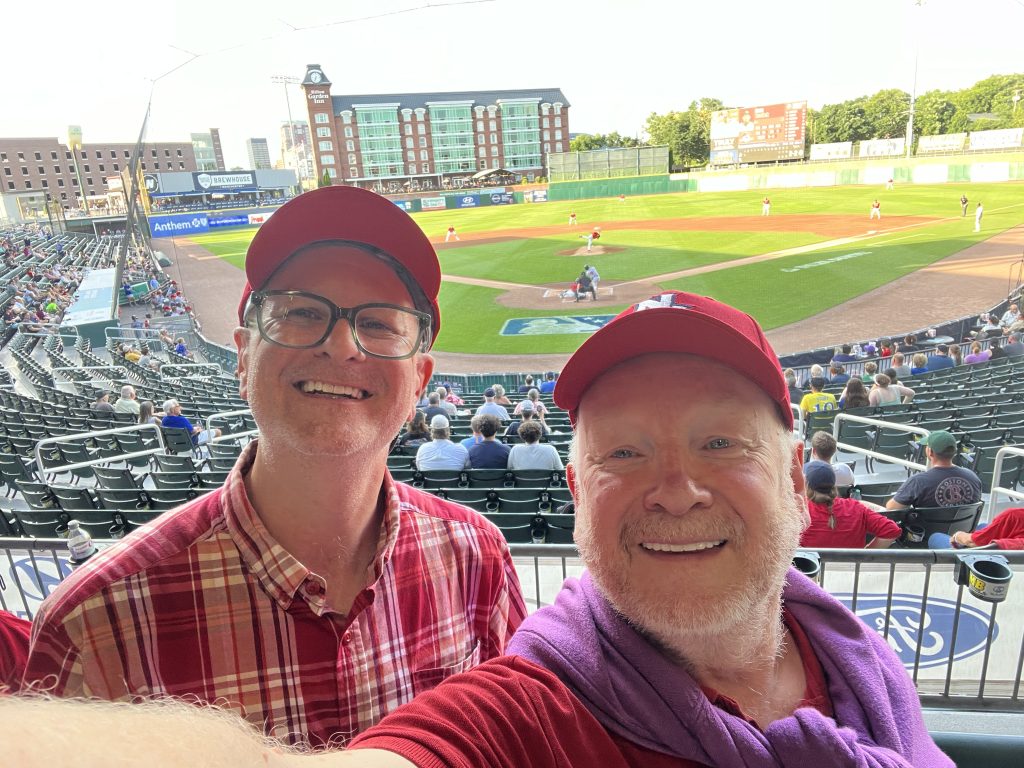
We had impressive guest speakers in Stephen Wolfram, Tricia Tunstall and Melissa Walker as well as drop-ins from Eric Rosenbaum, Dan & Molly Watt and many other friends.
BUT we also had European football!
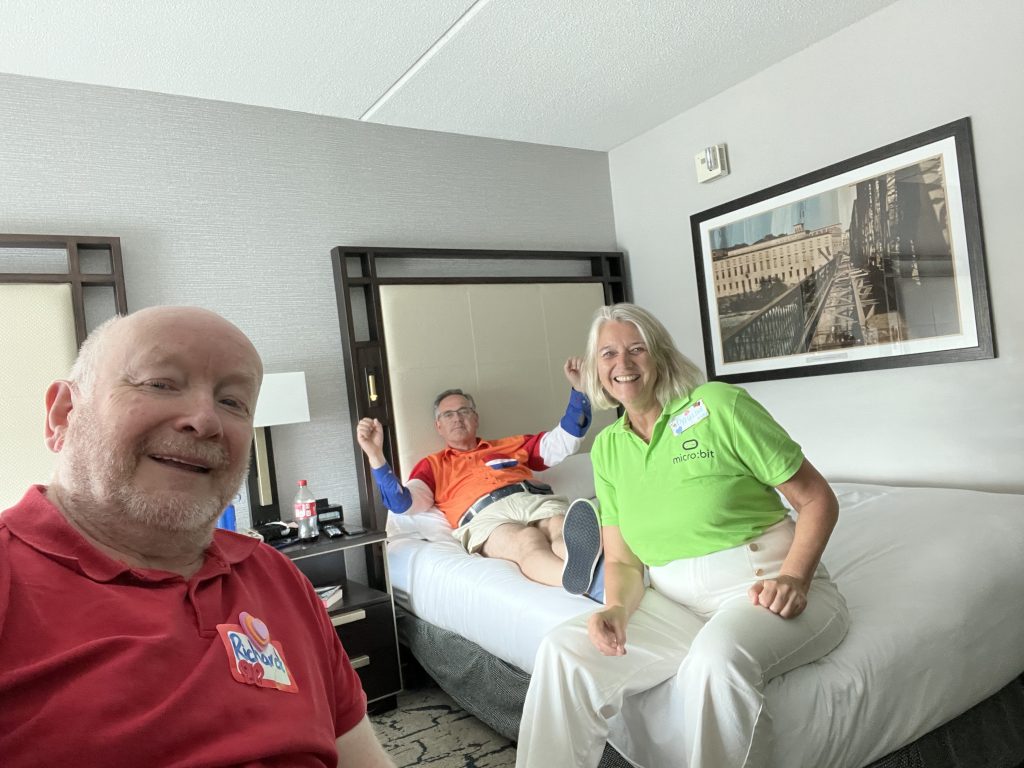
Like me, everyone I spoke to was committed to creating powerful learning experiences by handing to learners ownership & responsibility over their learning through project work. This means creating the conditions for “hard fun”, leading to meaningful & fulfilling outcomes. Gary and Sylvia’s insight was that we need to do that, not just talk about it in order to be better teachers employing the method.
In my case, I really wanted to understand how to use servos too, so on the first day, when we brainstormed project ideas, I proposed a mechanical orchestra, and luckily, two others (Timothy Patterson and Angela Buffington) wanted to join me.
We made individual instruments which each employed Micro:bit & Hummingbird driven servos to make sounds, and then attempted to coordinate them by using the broadcast radio communication between micro:bits.
Here is the code for Tim’s instruments, using MakeCode:
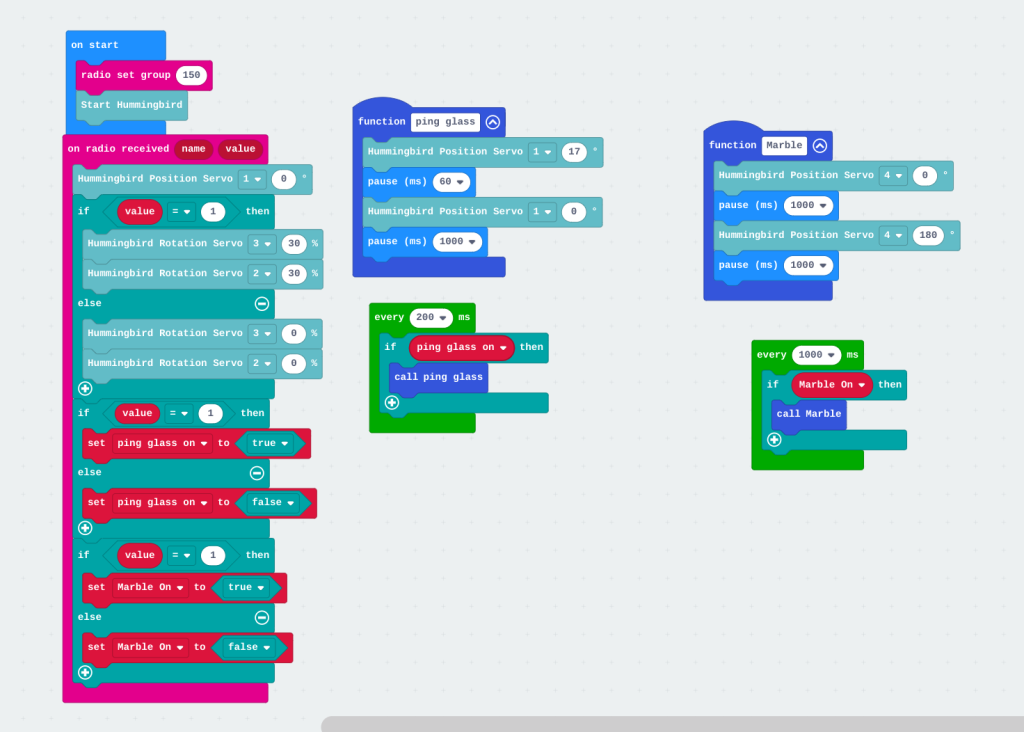
Angela’s code ended up in MicroBlocks, as we scrambled to get everything working, it made the debug loop quicker with its direct coding model:
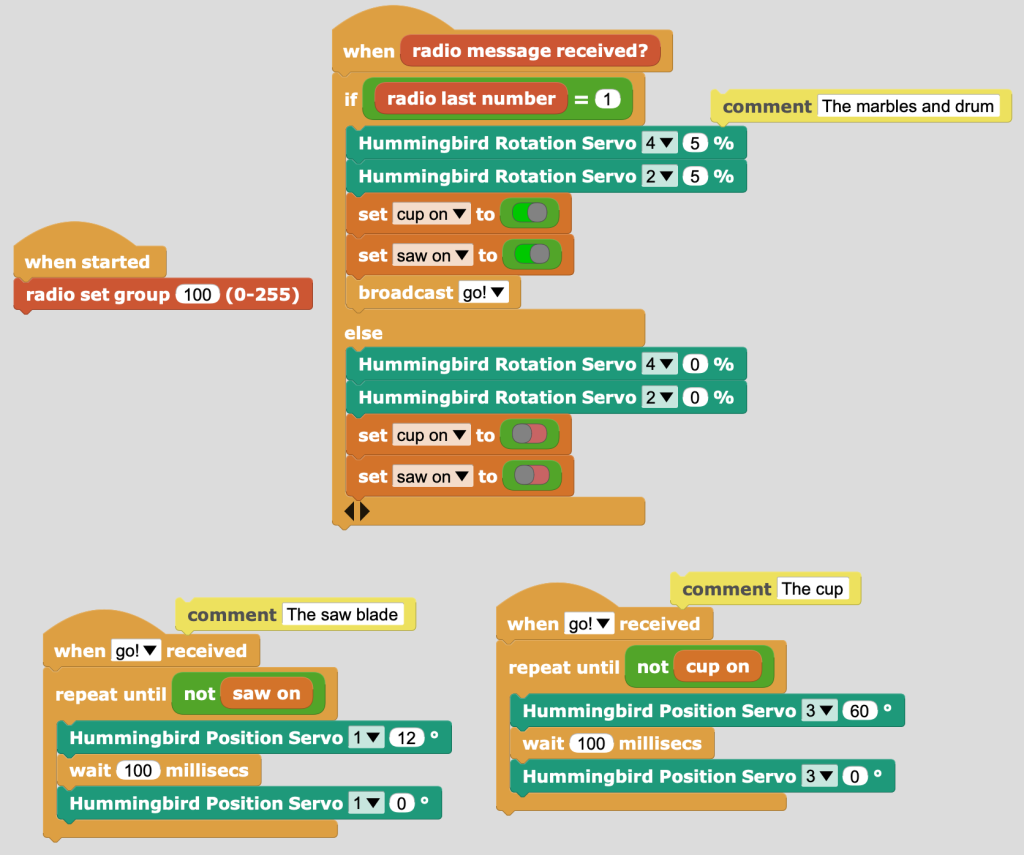
My code was for the four ‘tuned’ glasses, again in MicroBlocks:
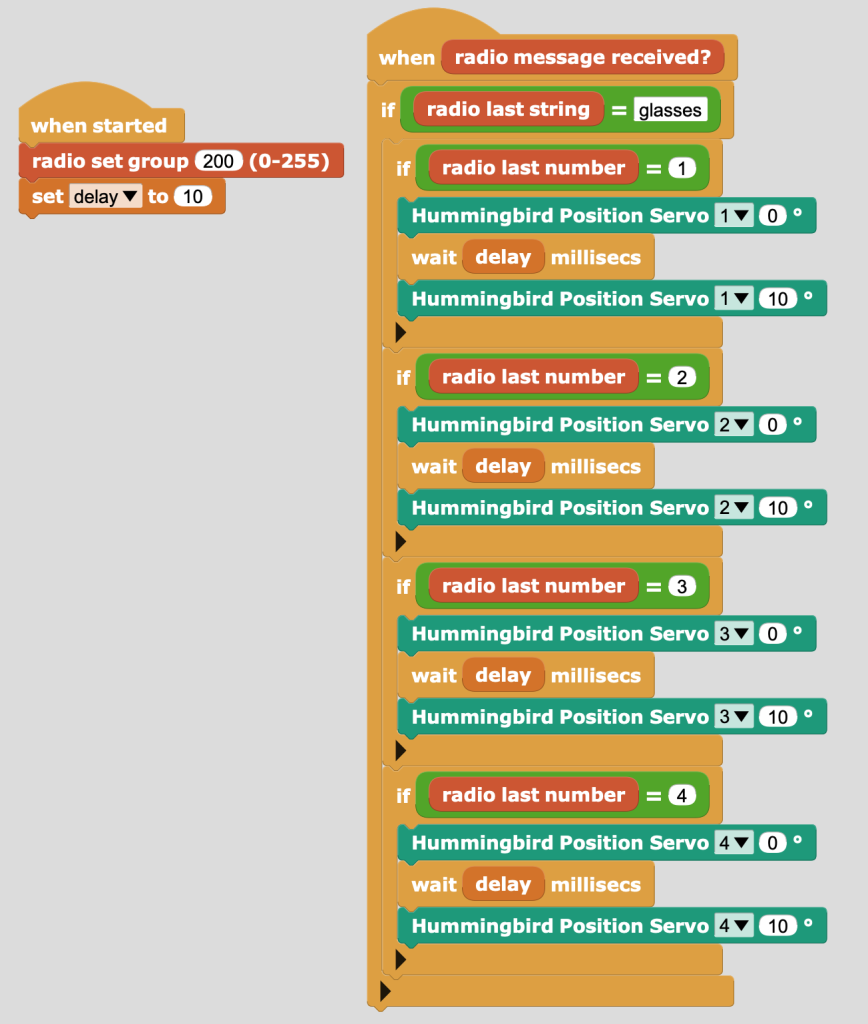
And finally the ‘conductor’ code, in MicroBlocks:
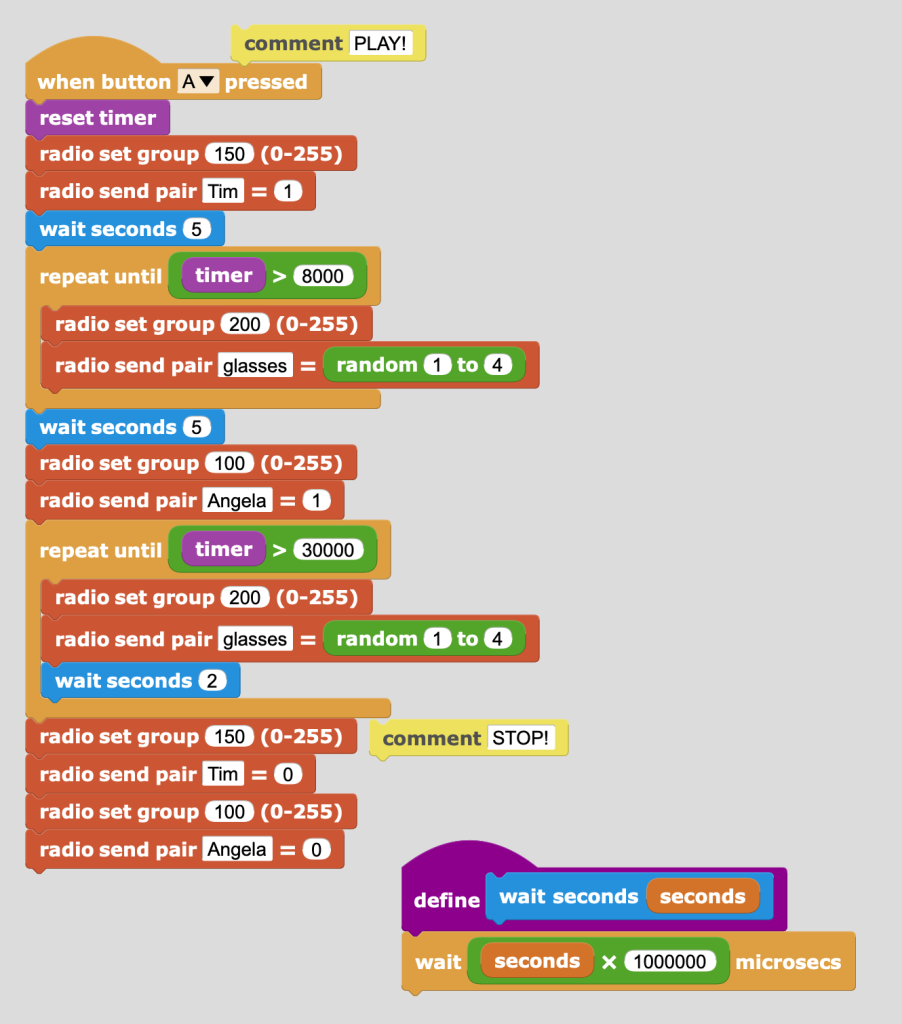
We invited guests to obtain a ticket:
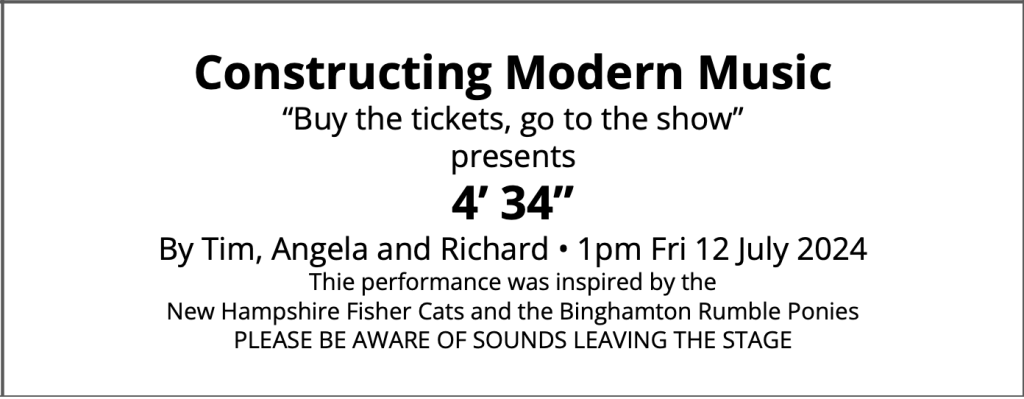
A design based on the baseball ticket:
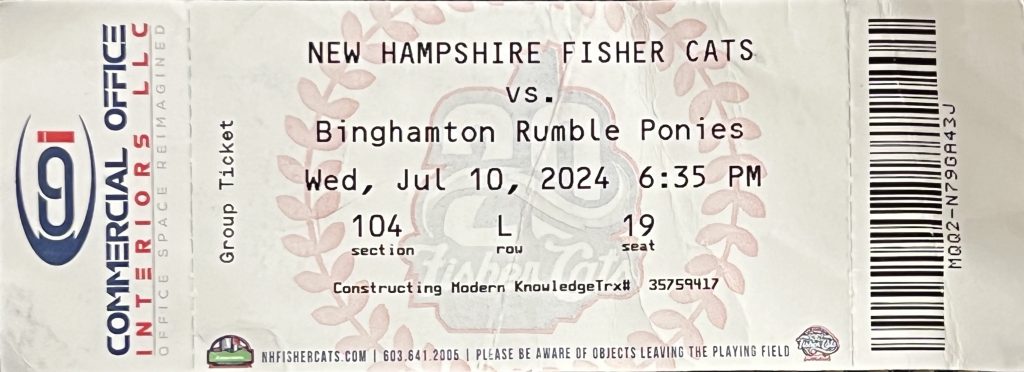
And, ta-da!, the performance:
All in all, best summed up in Gary and Sylvia’s colourful words:
“CMK 2024 was a powerful refutation of the cruelty fuelling the latest explicit instruction craze.
